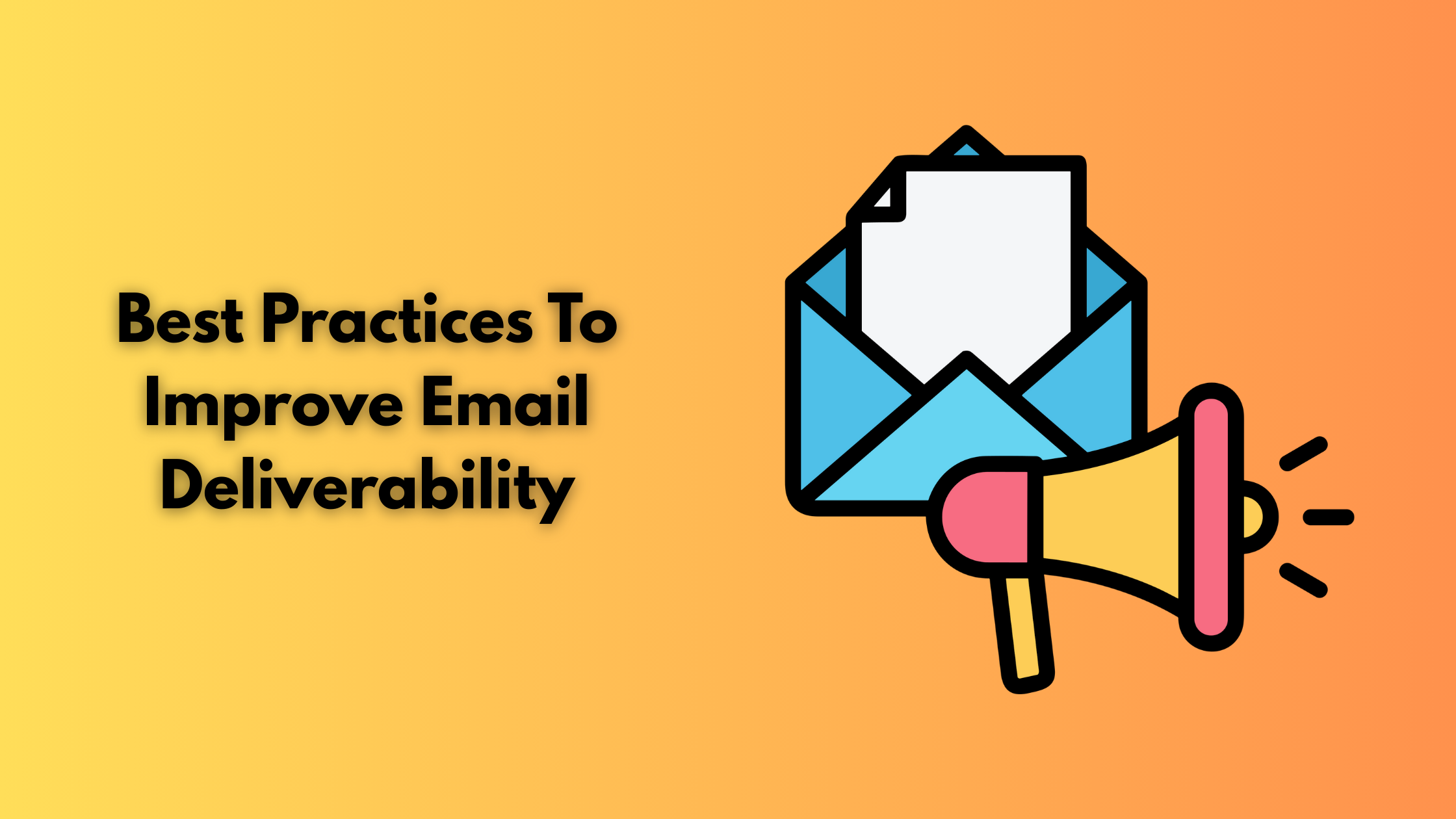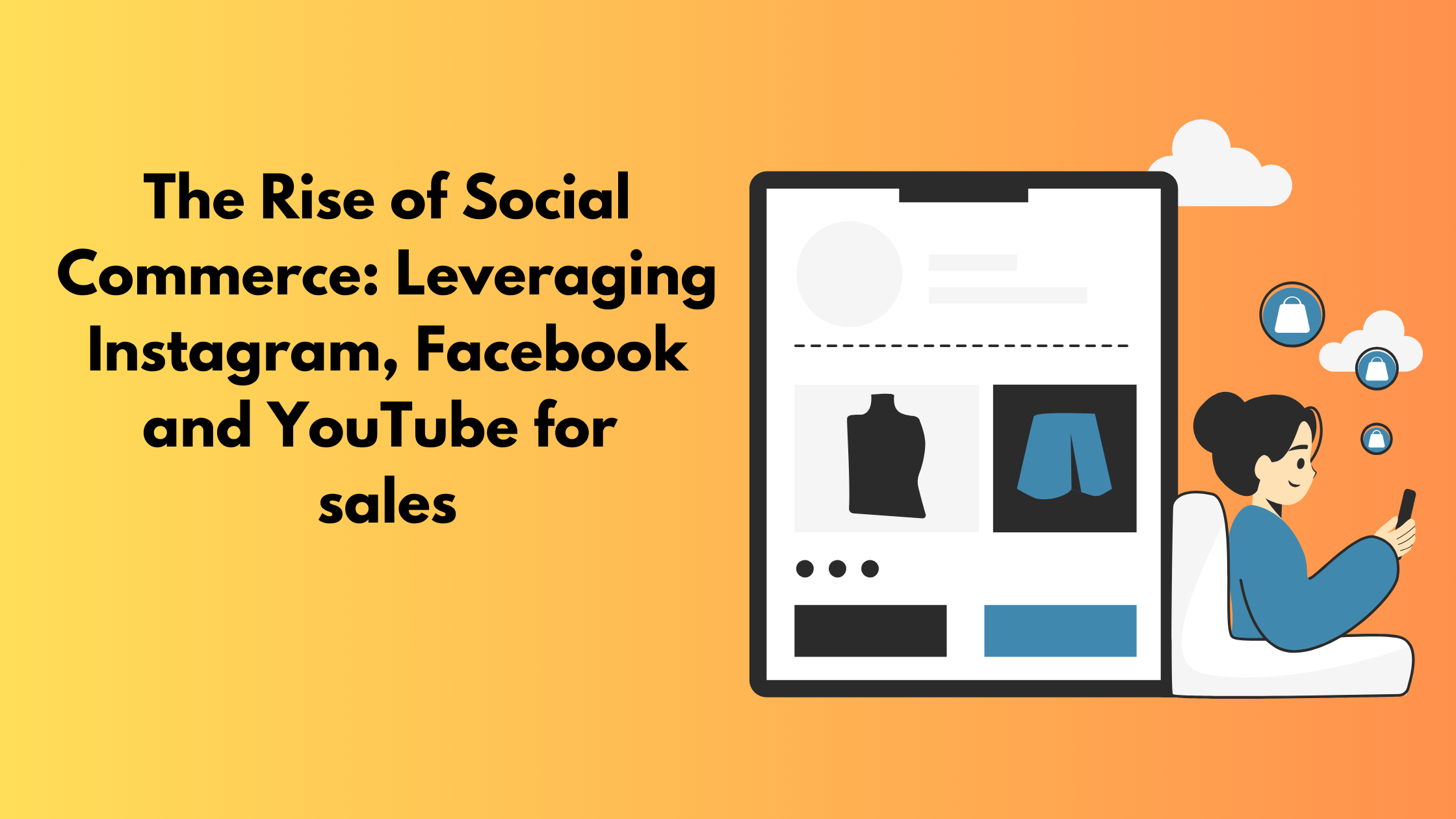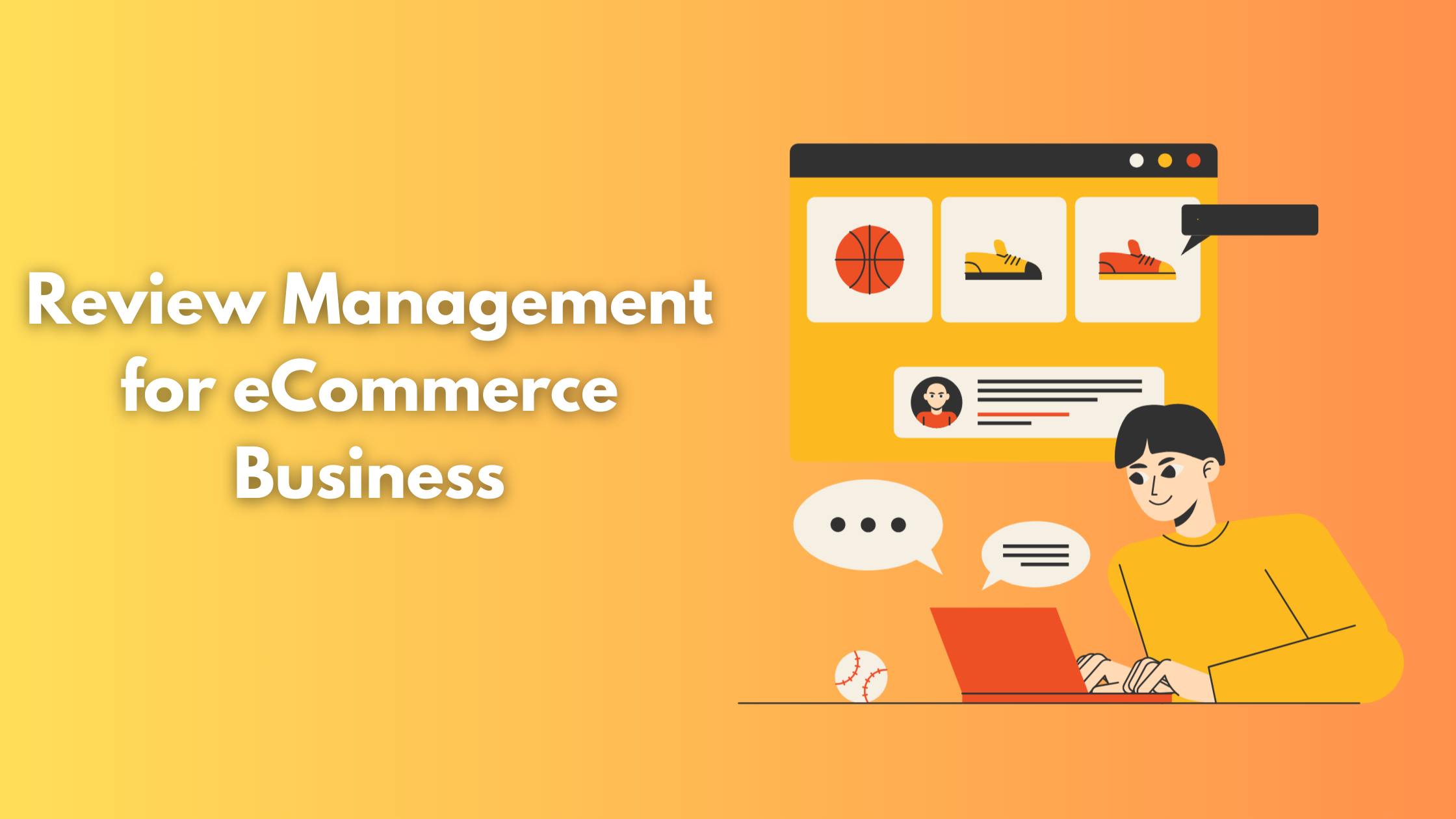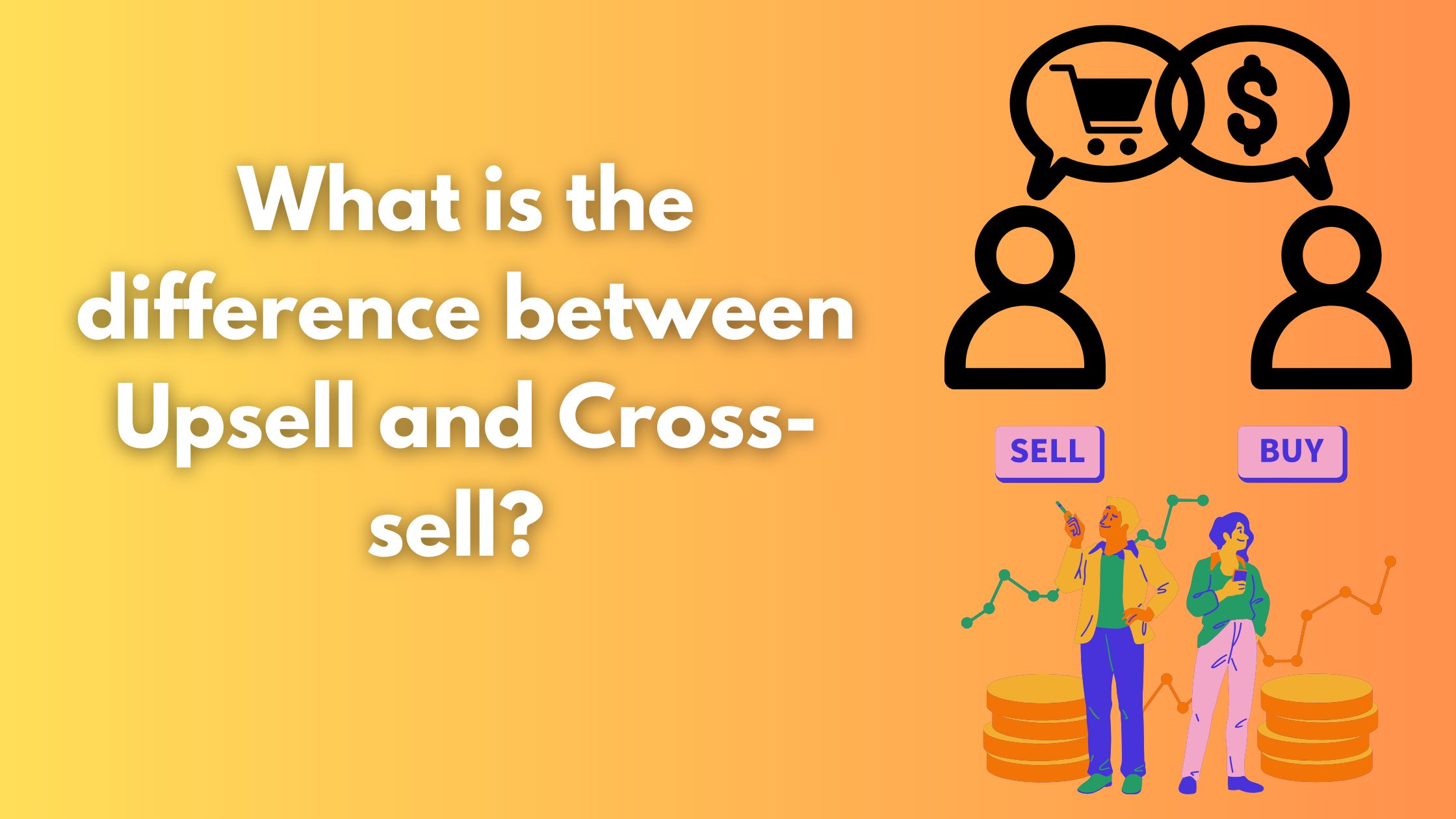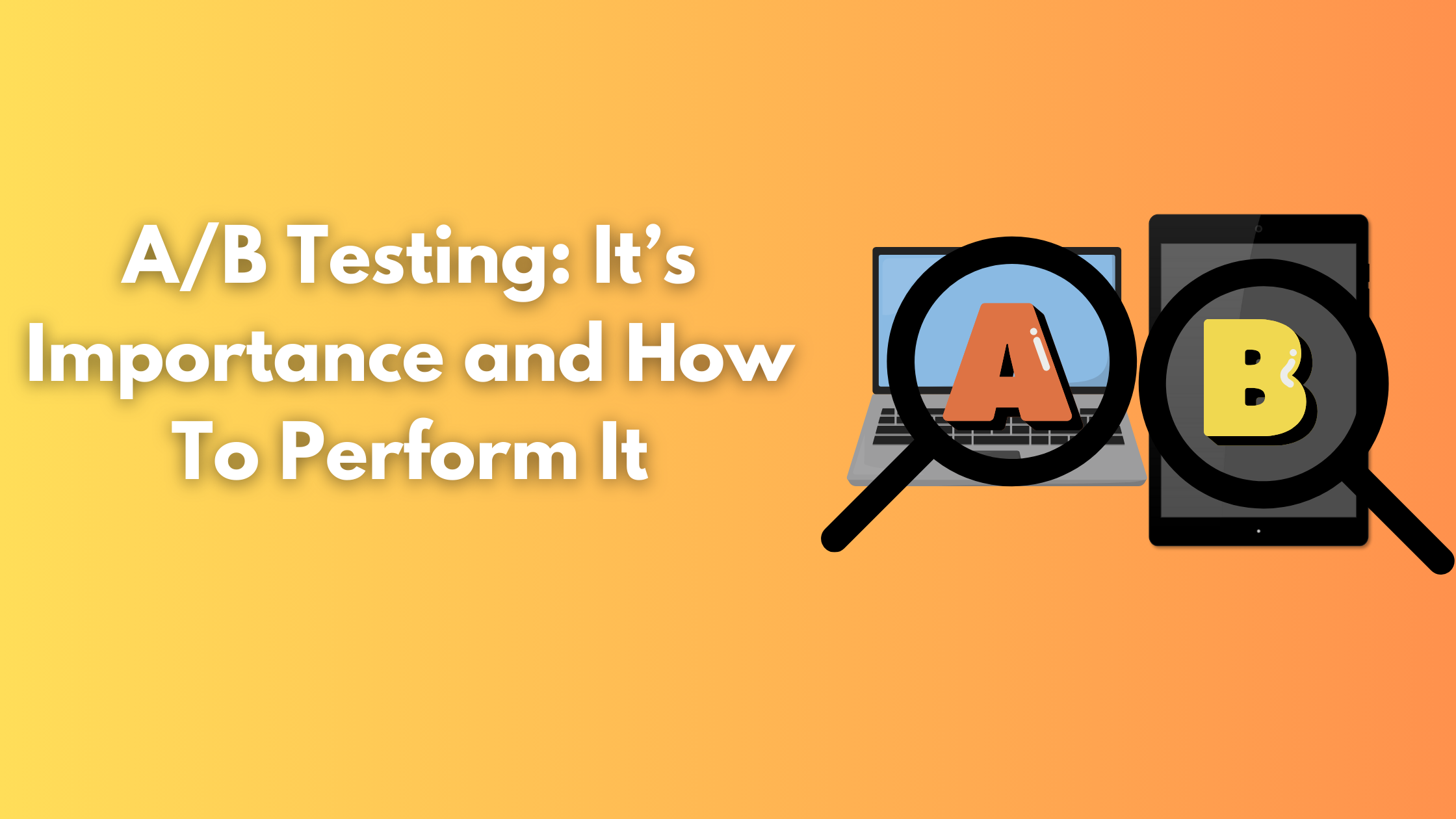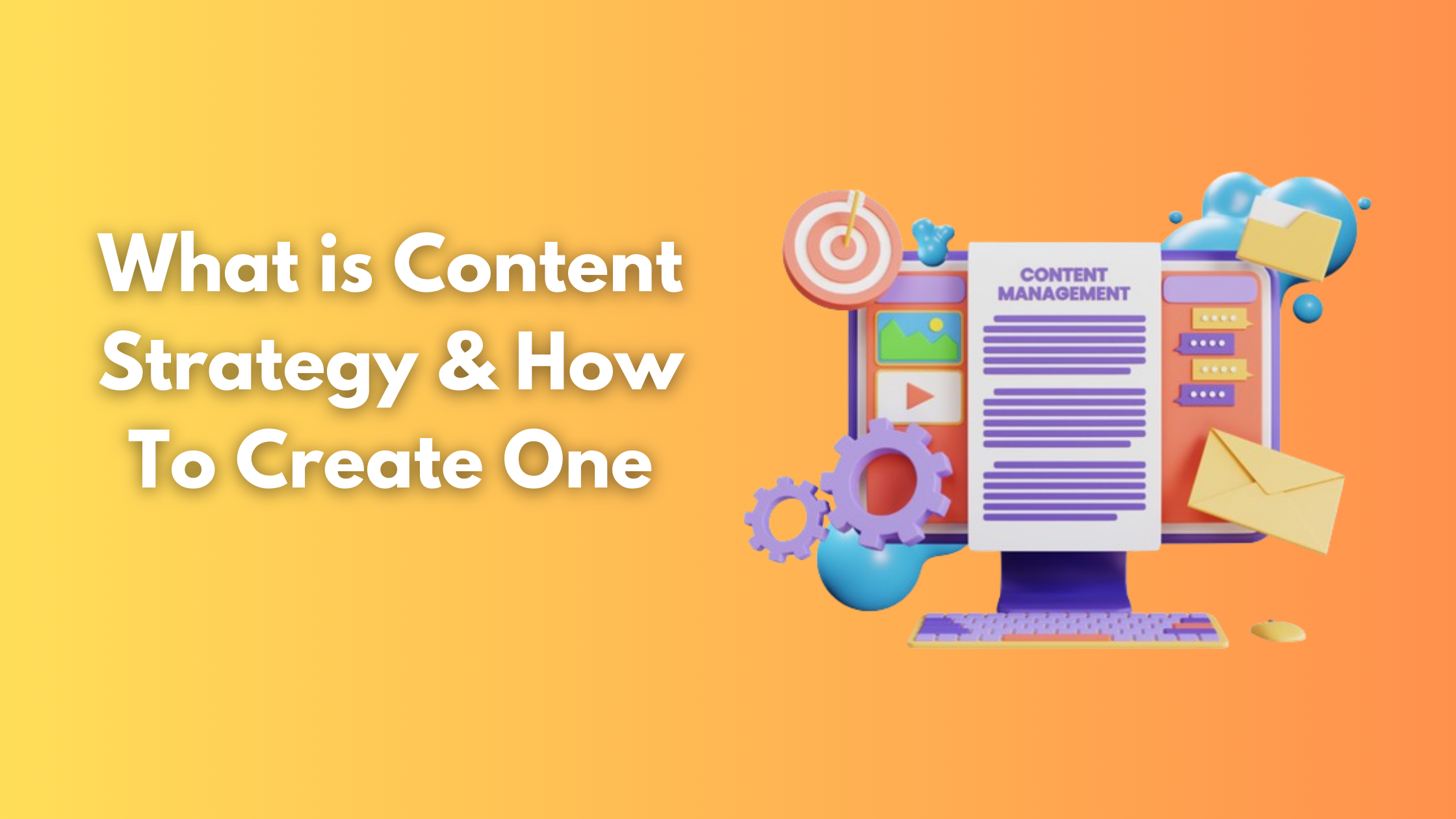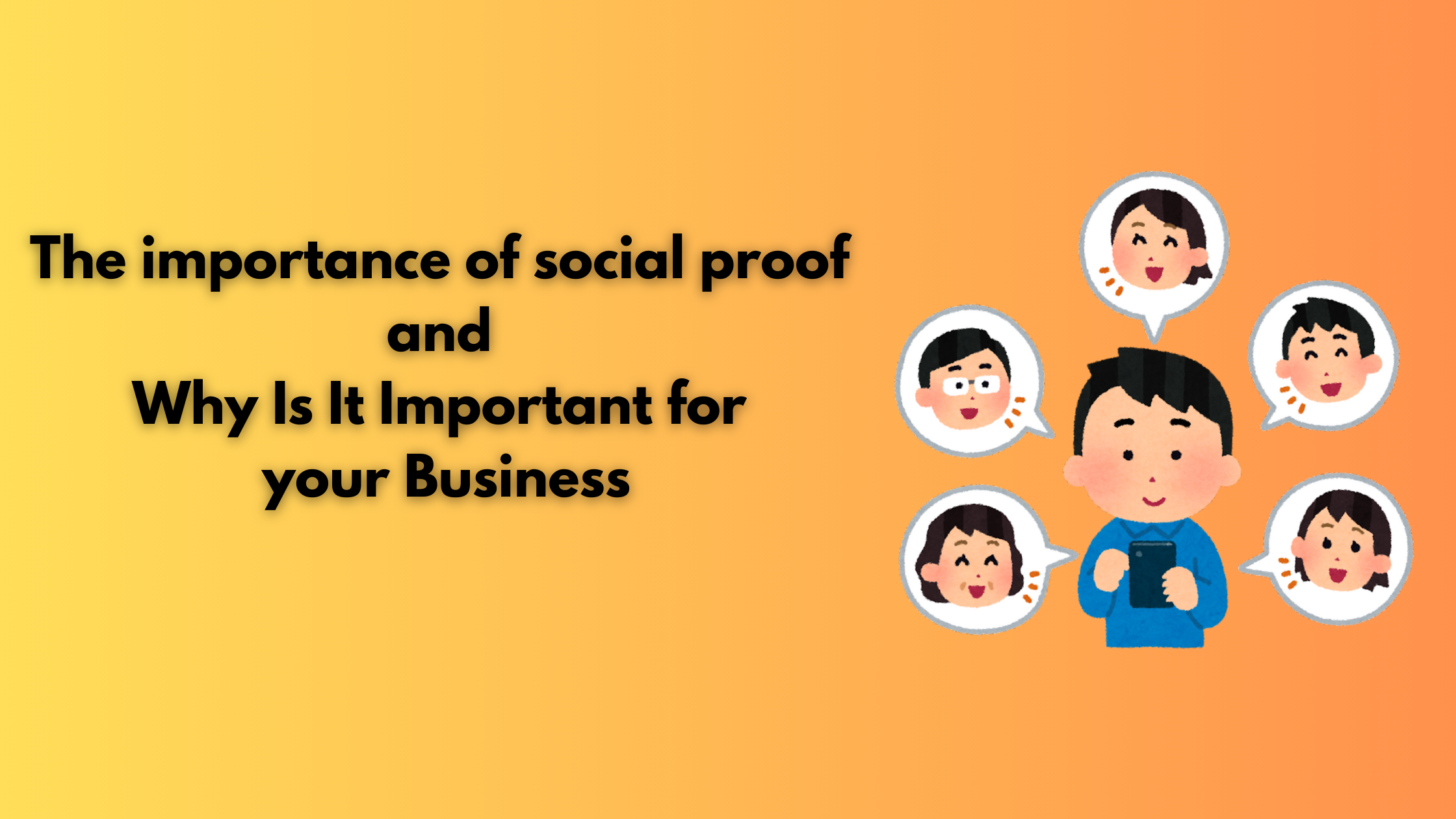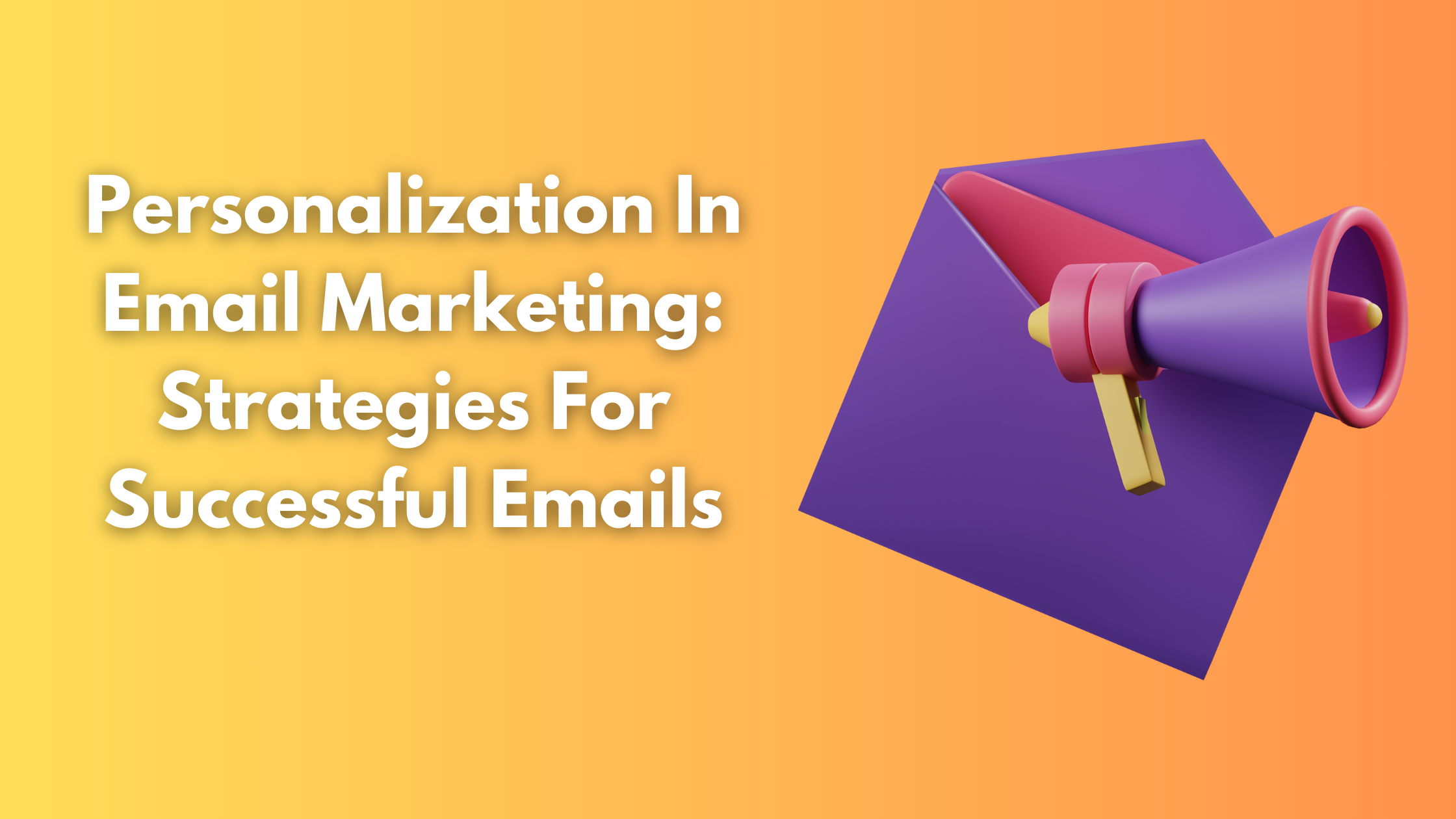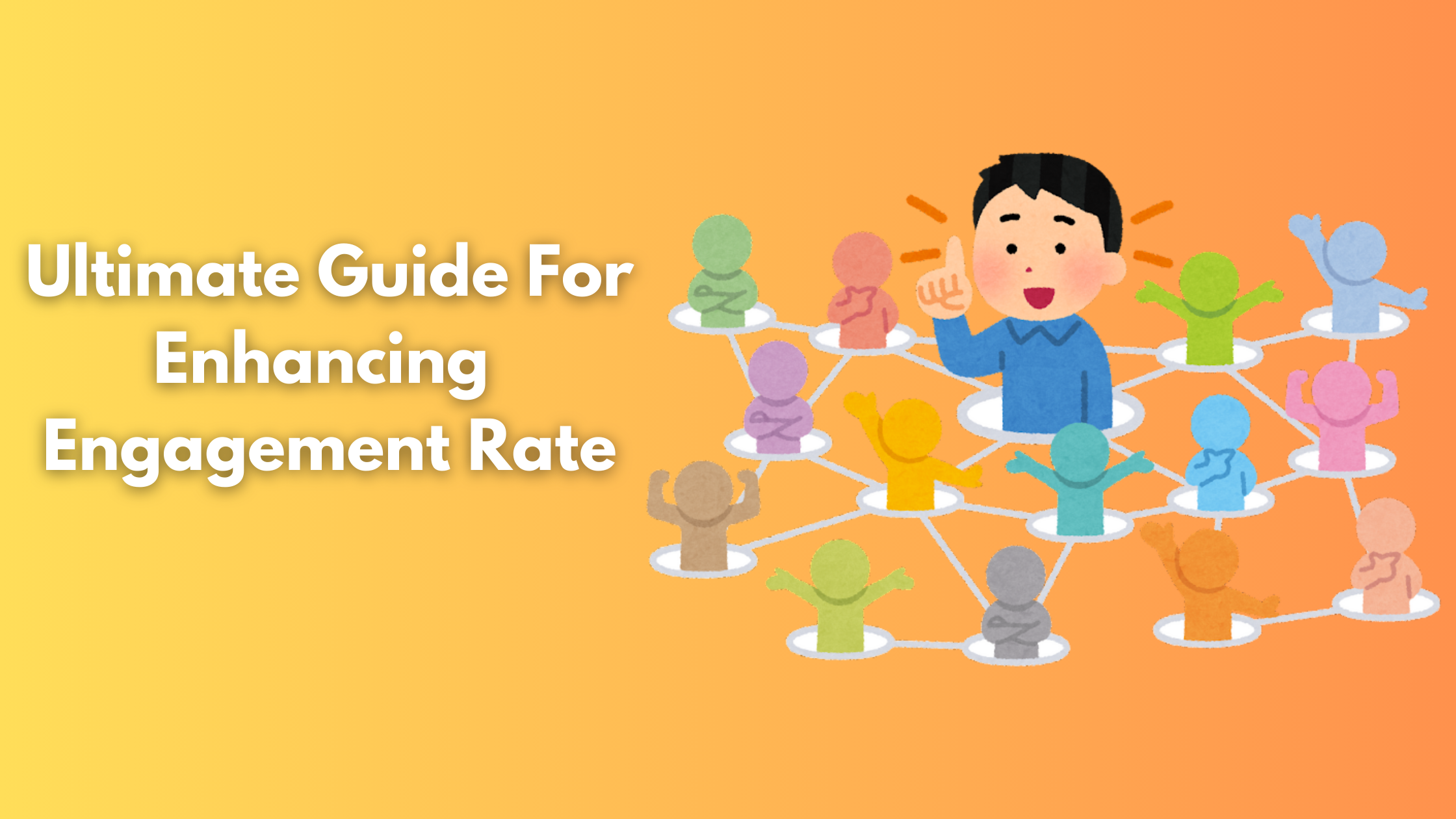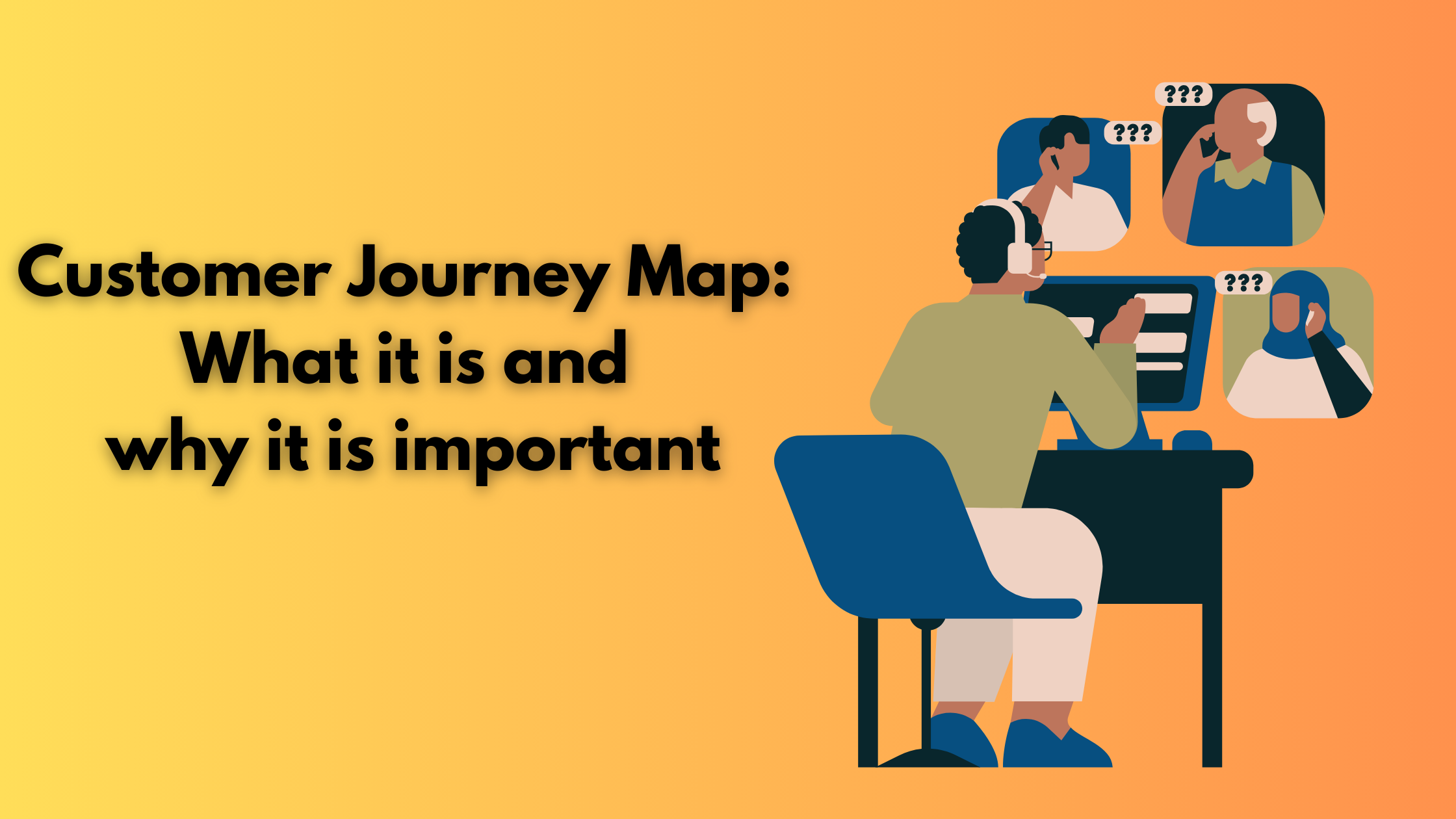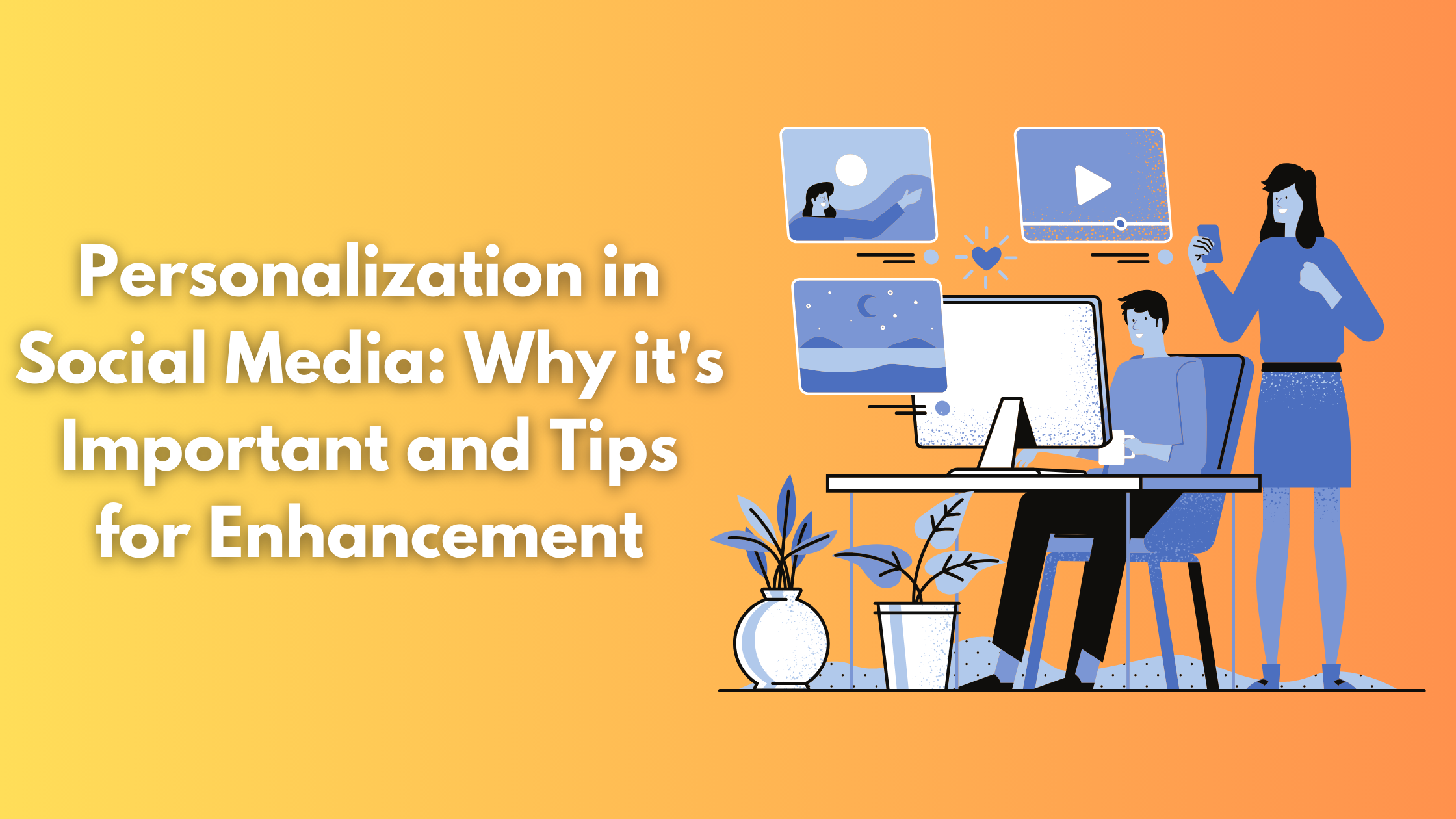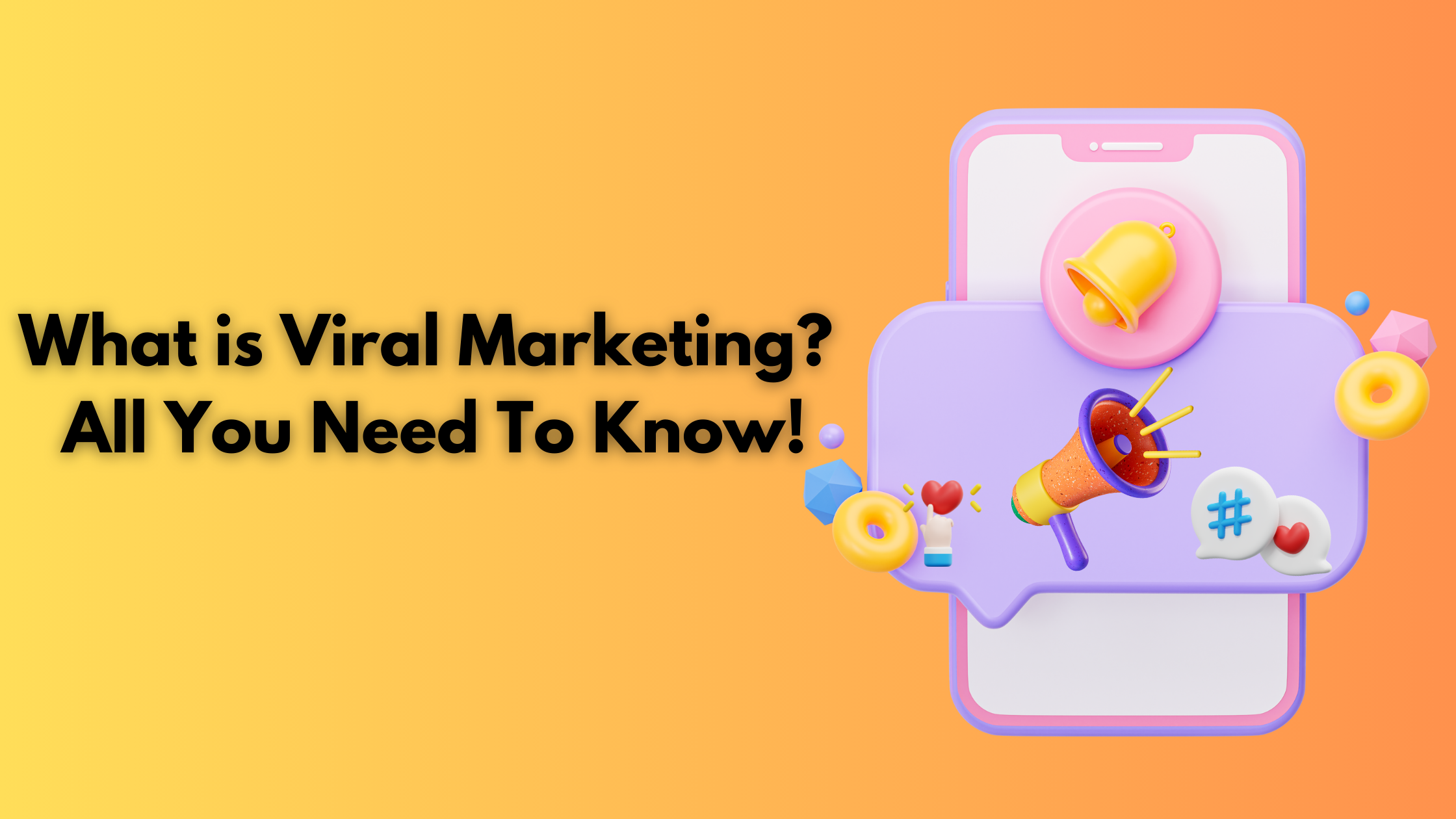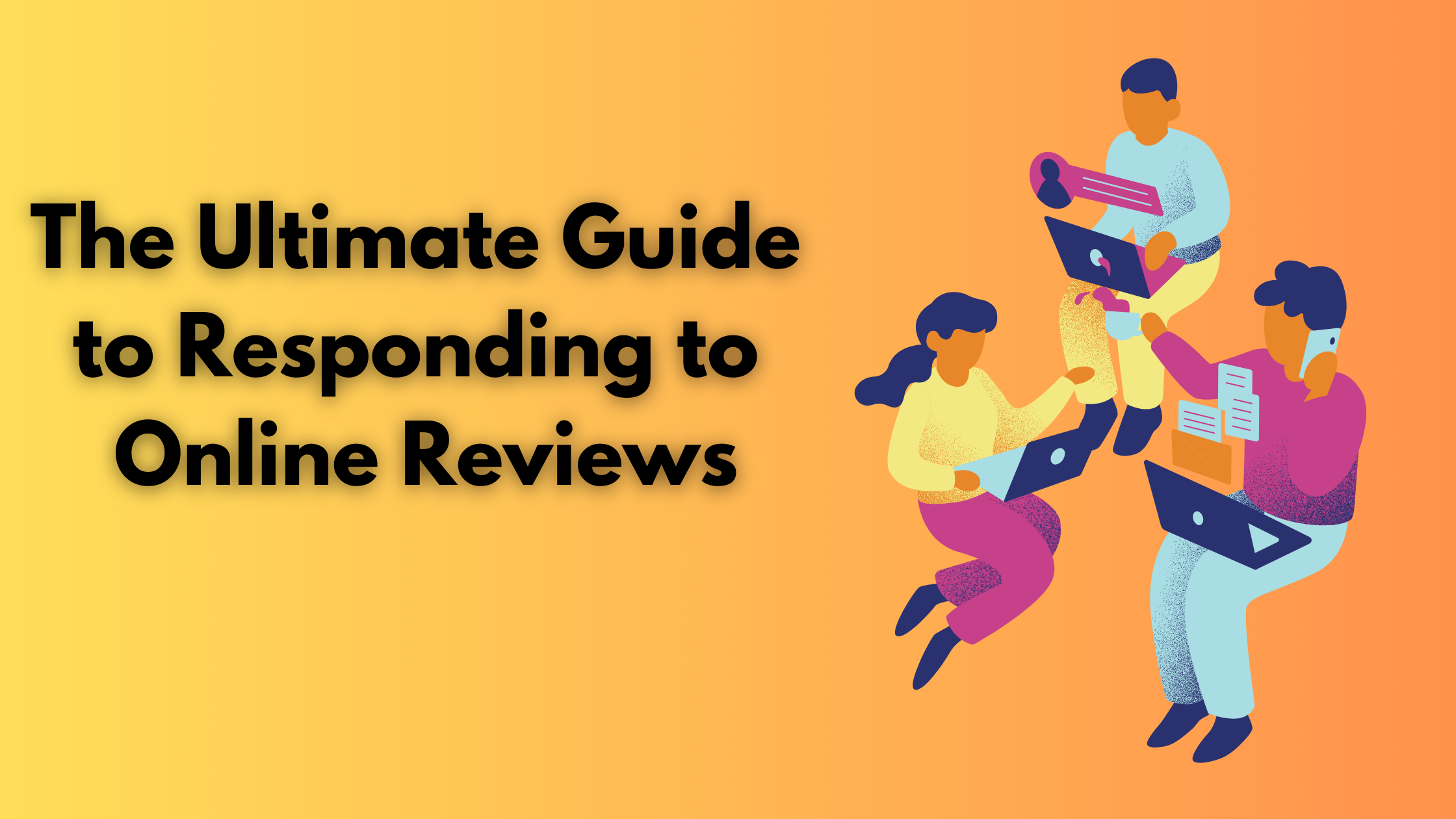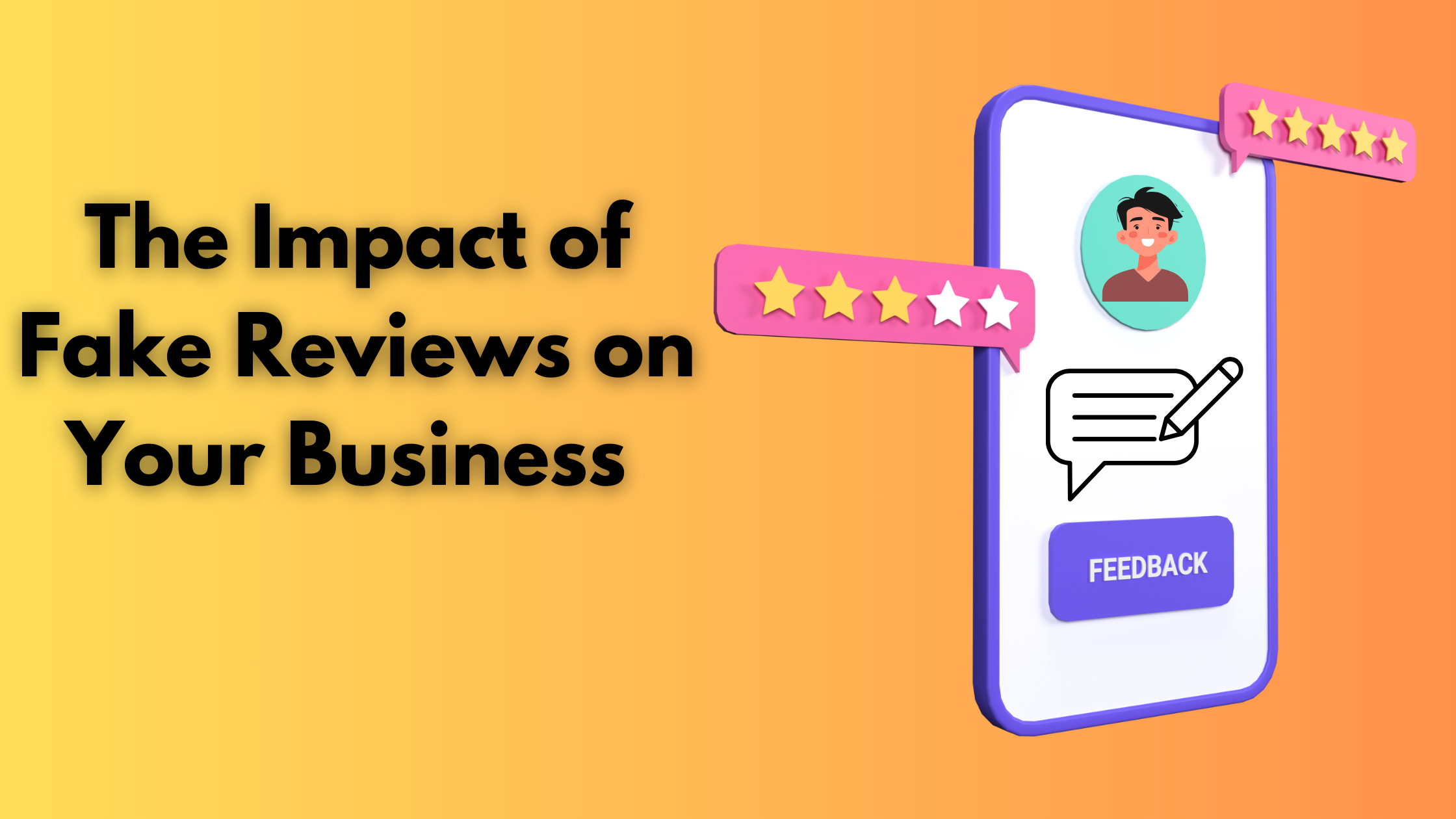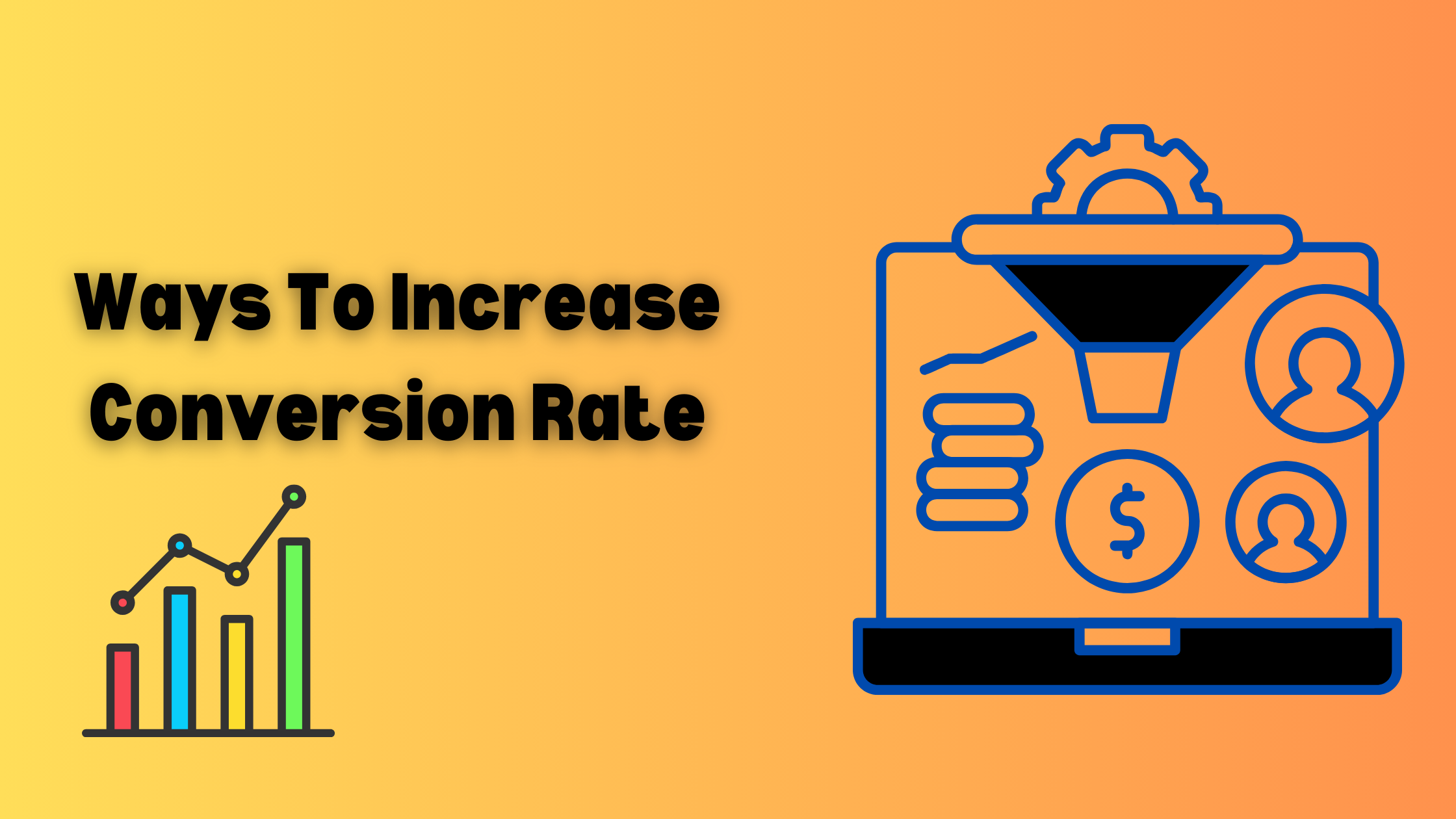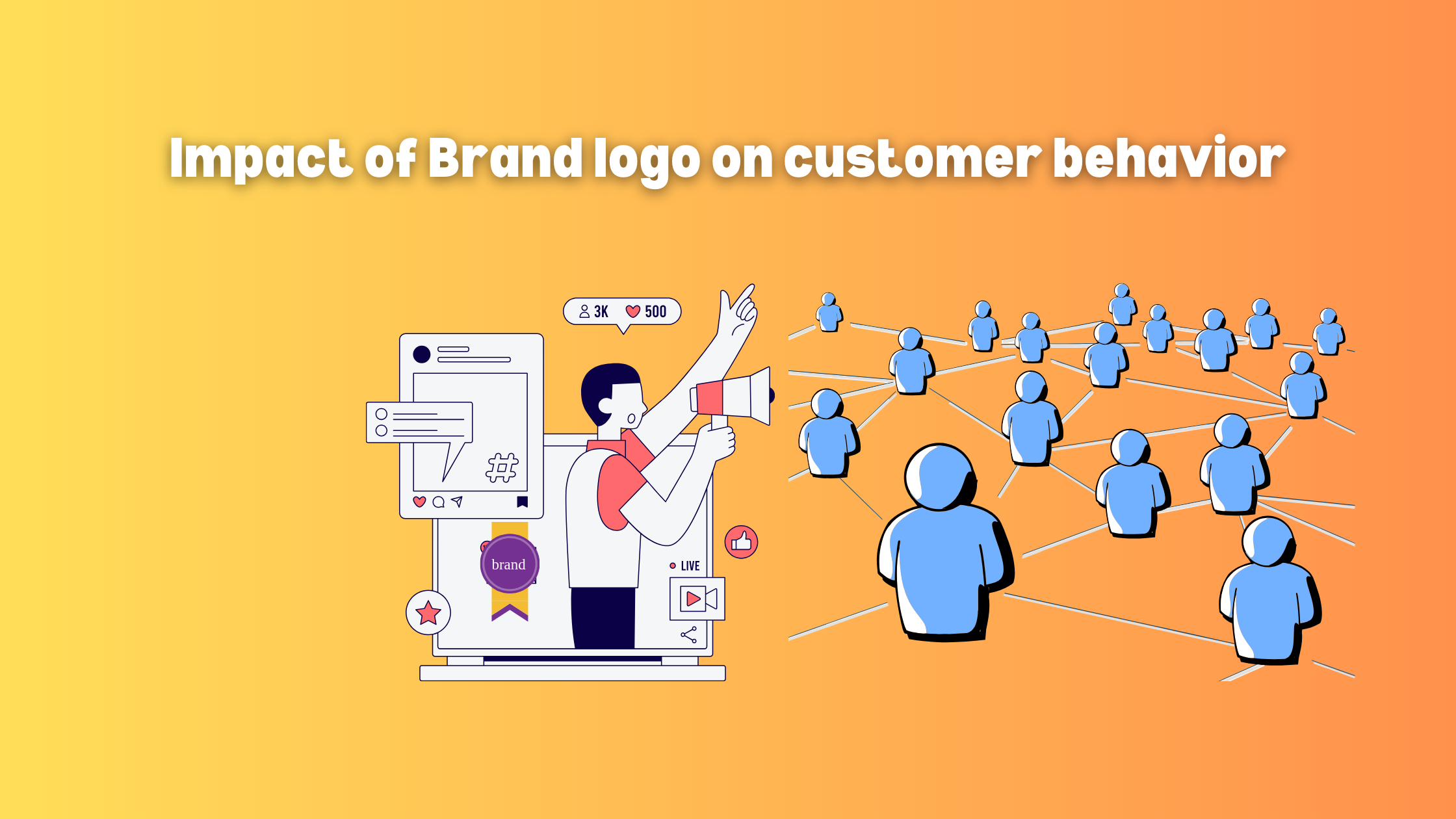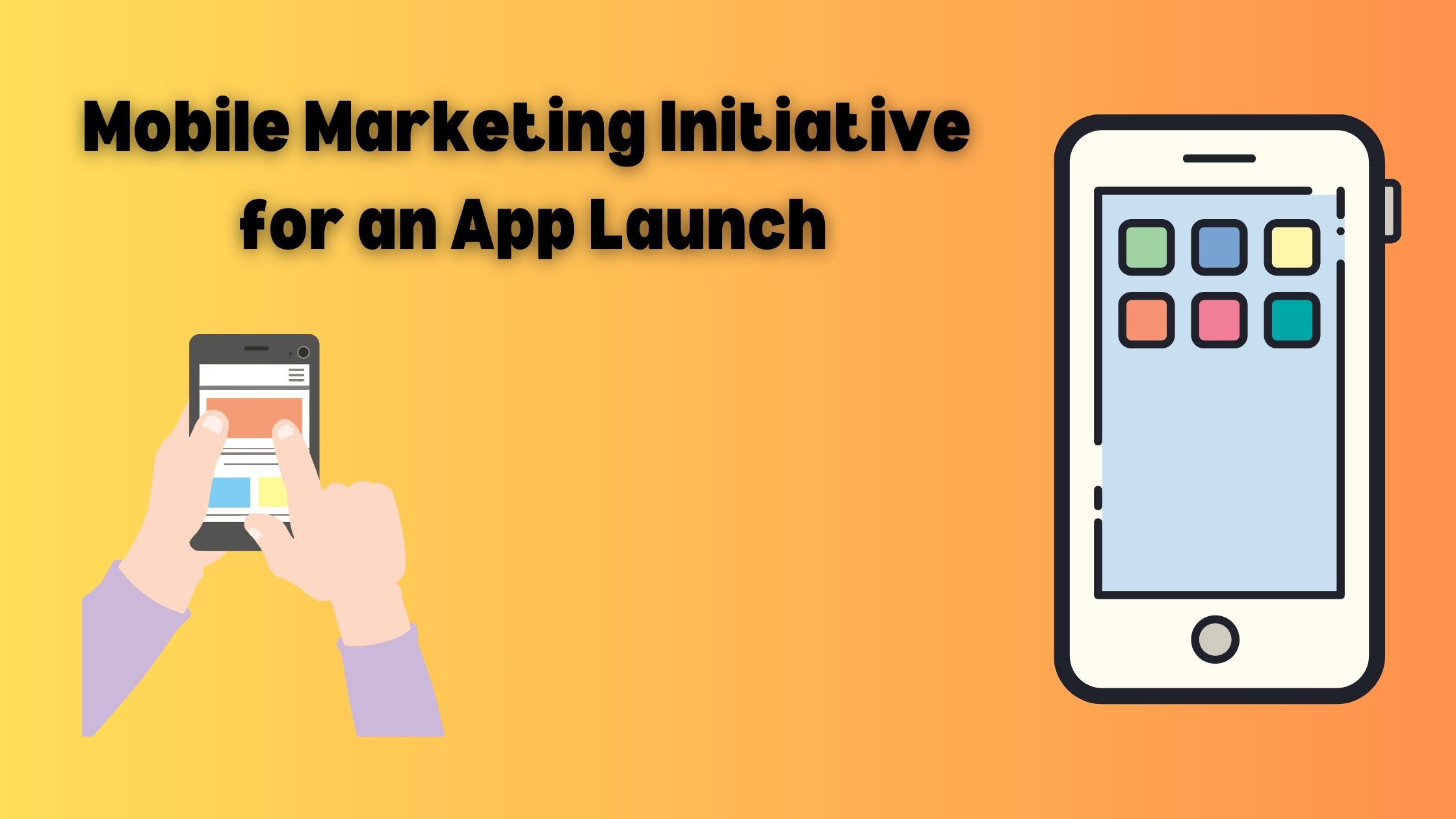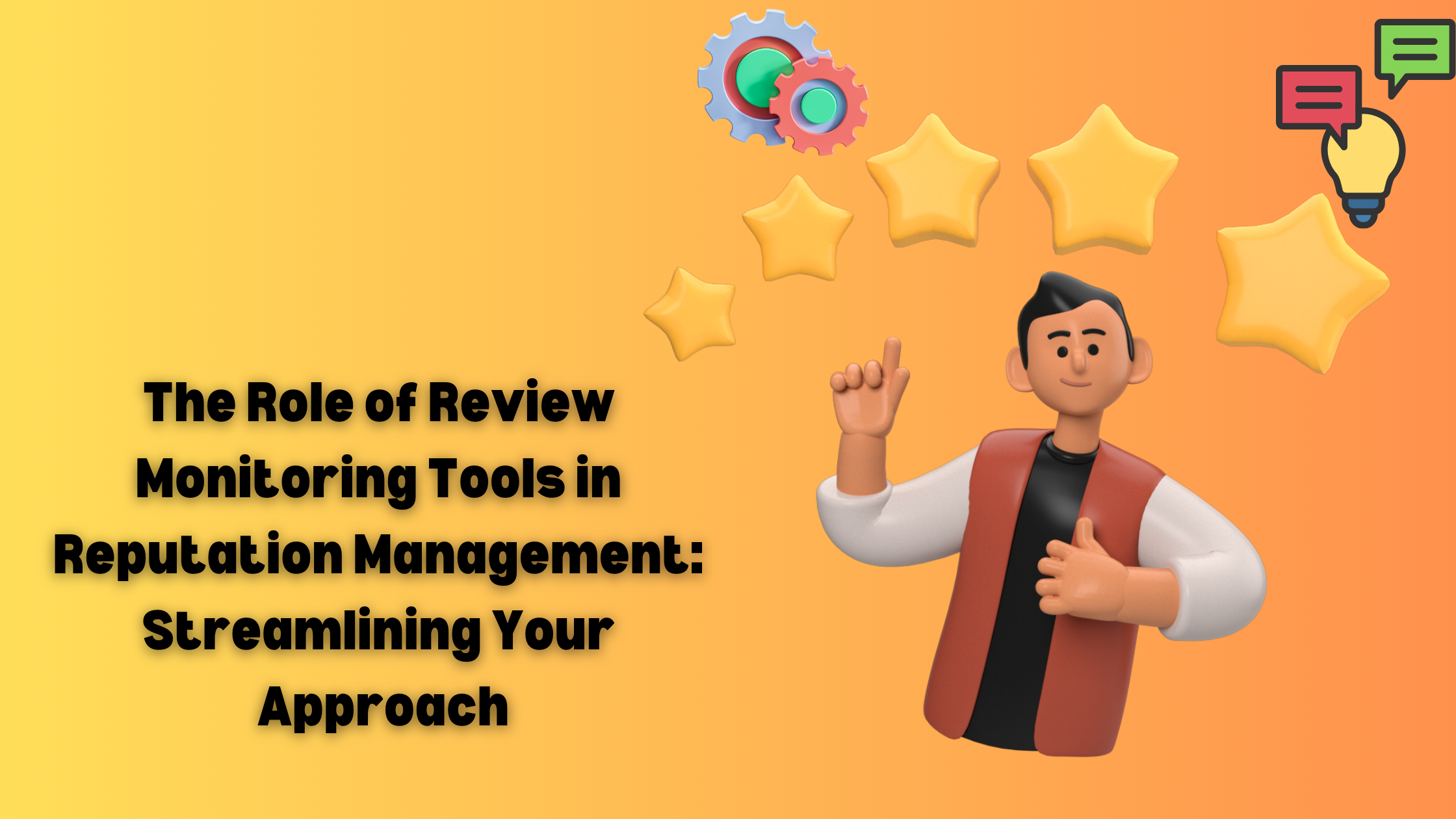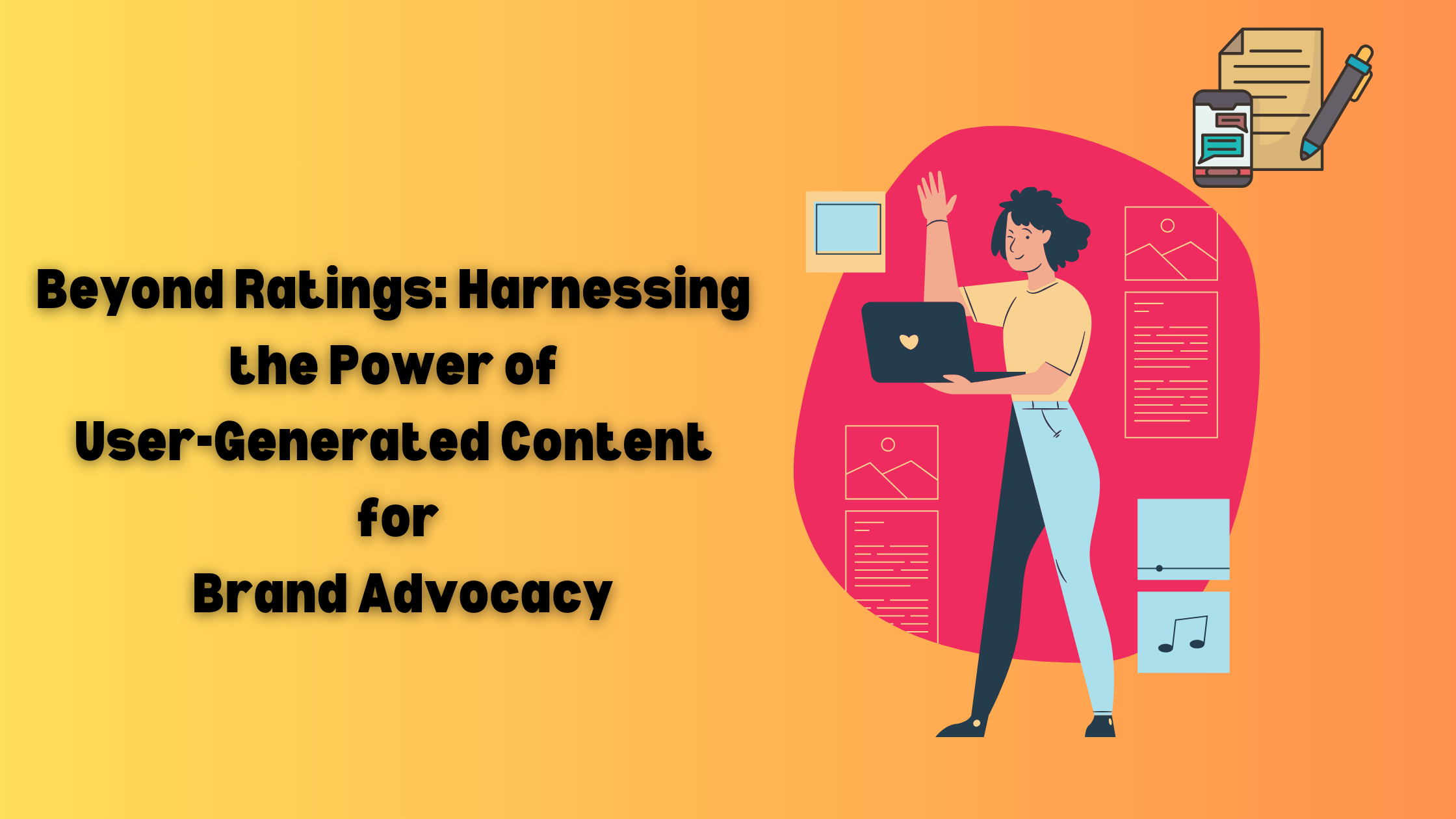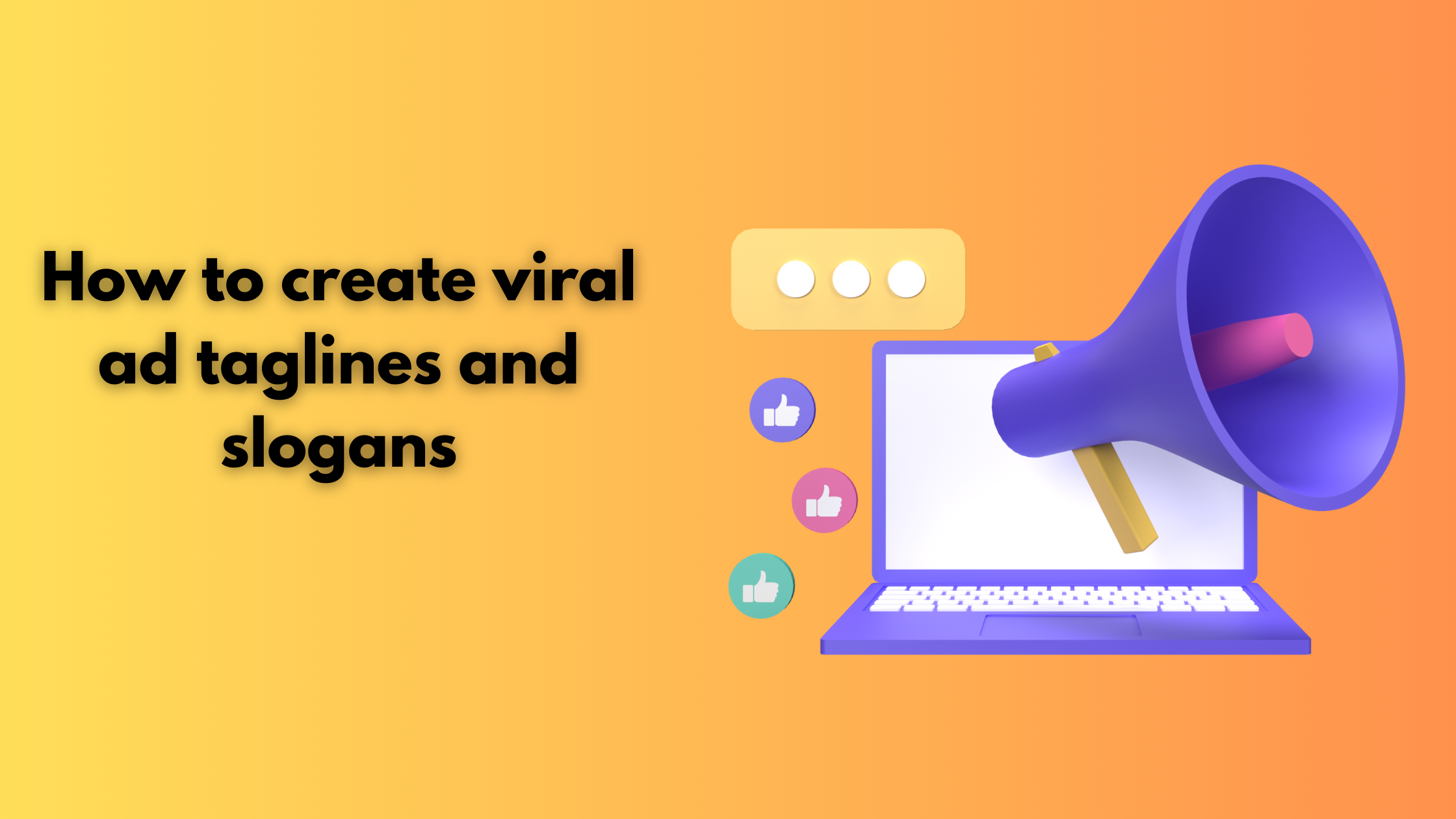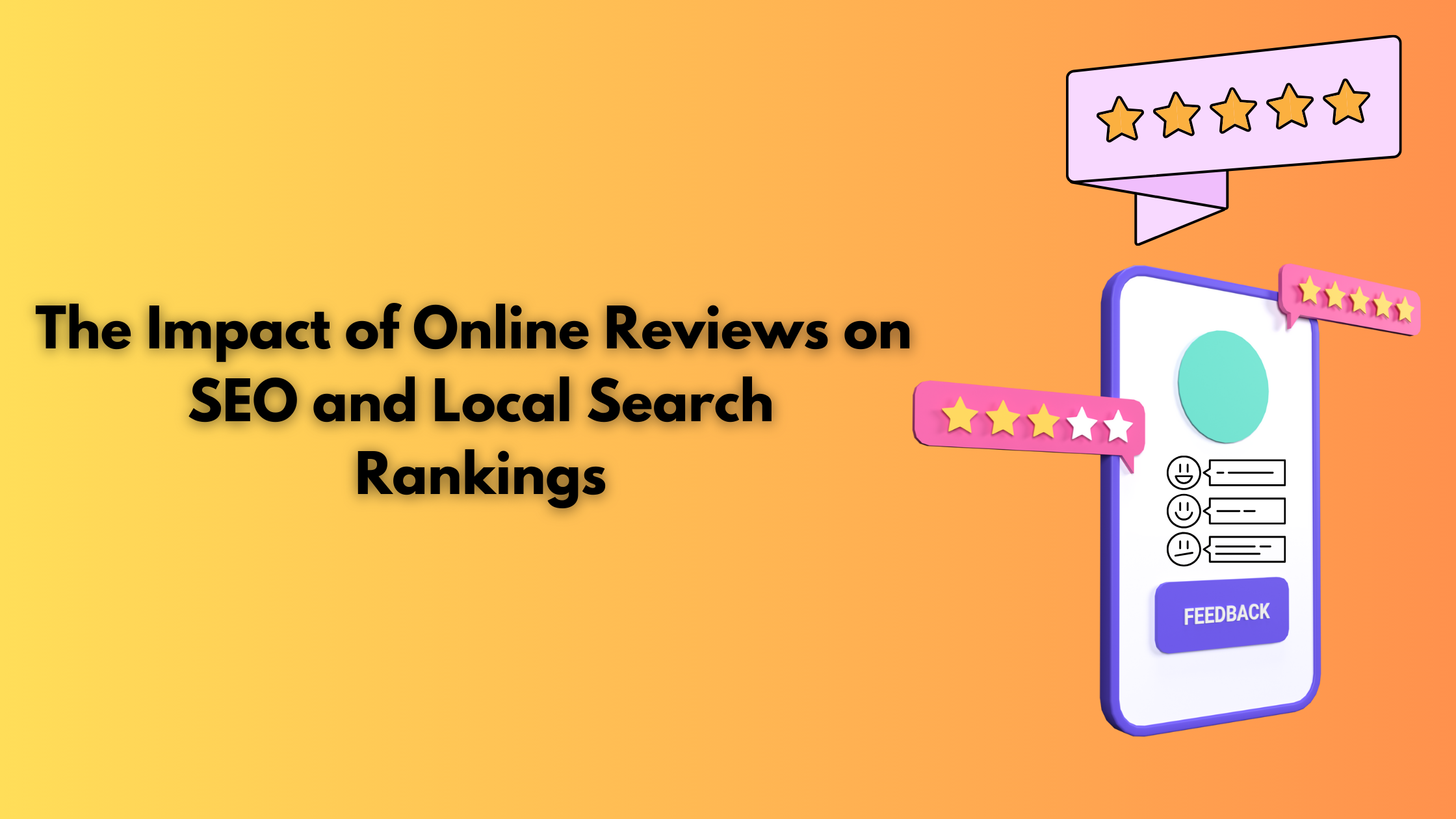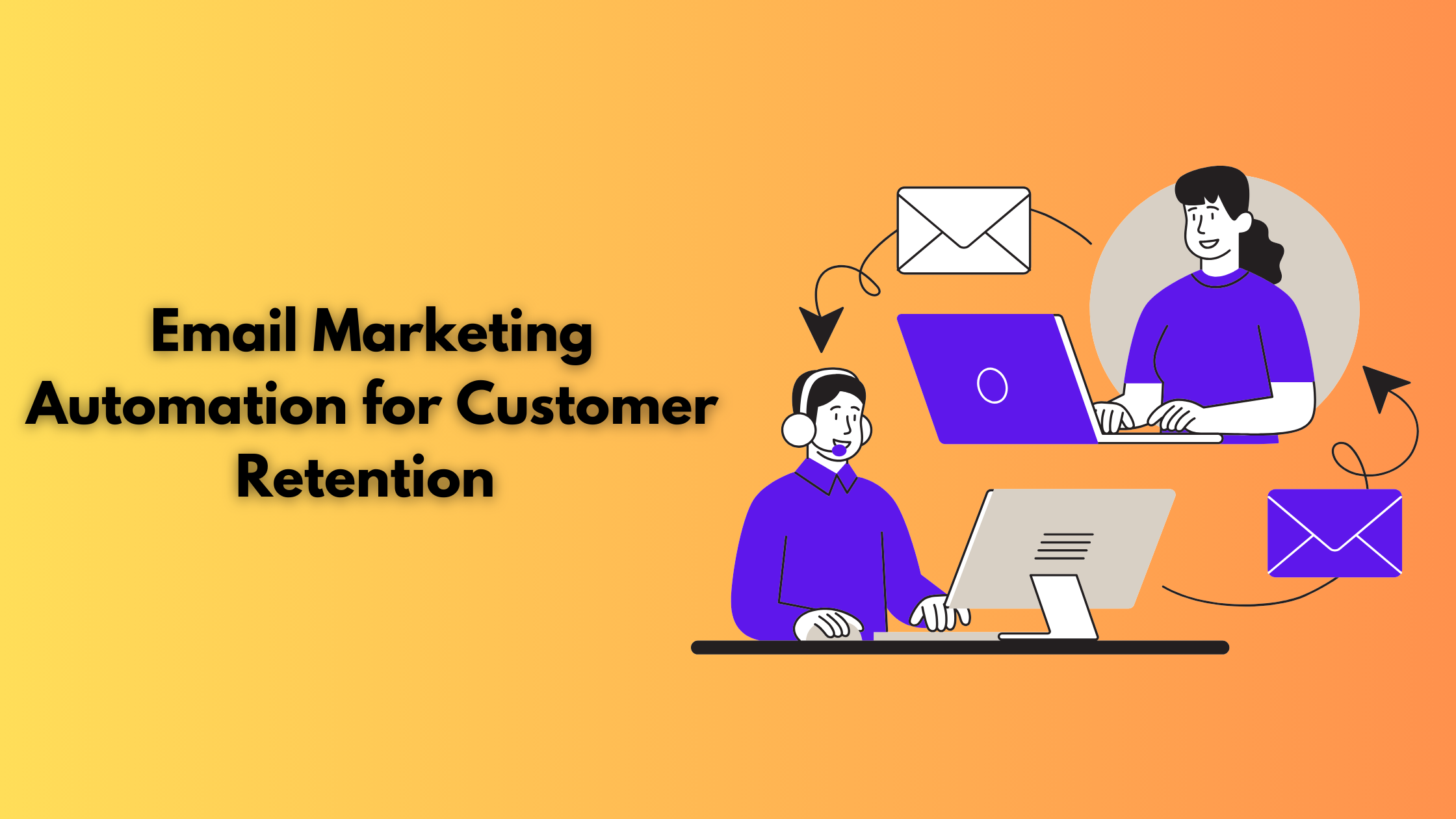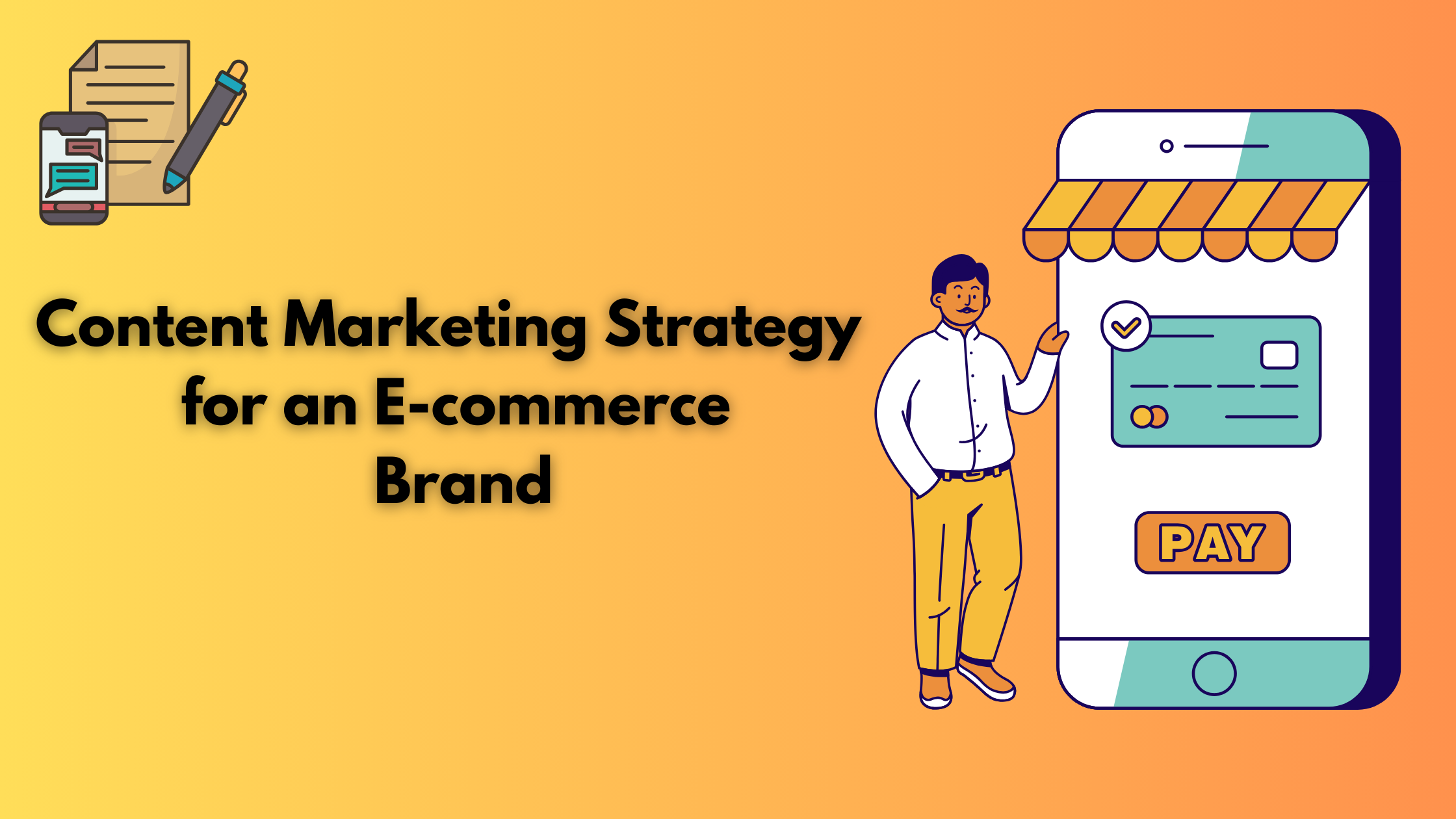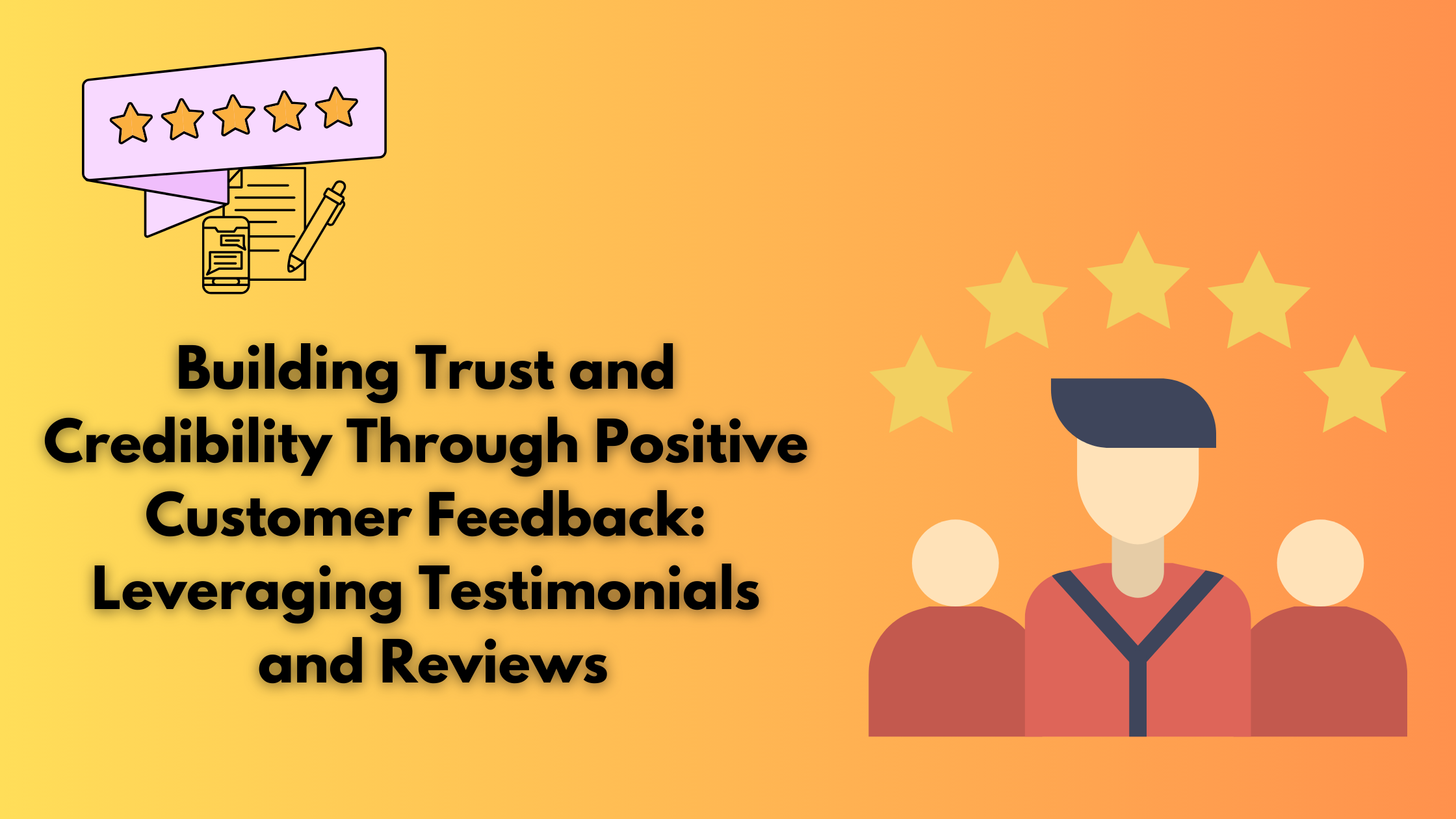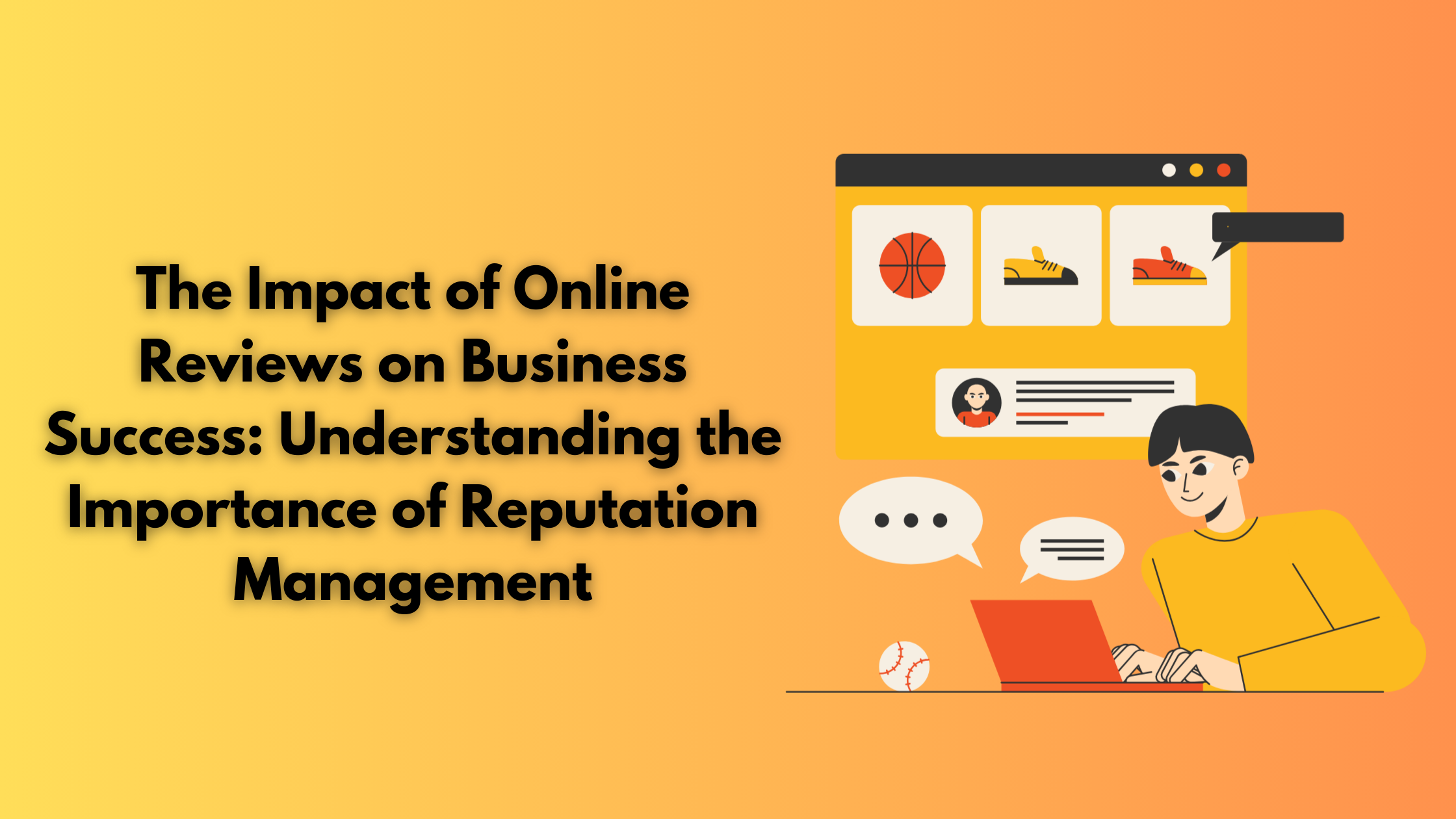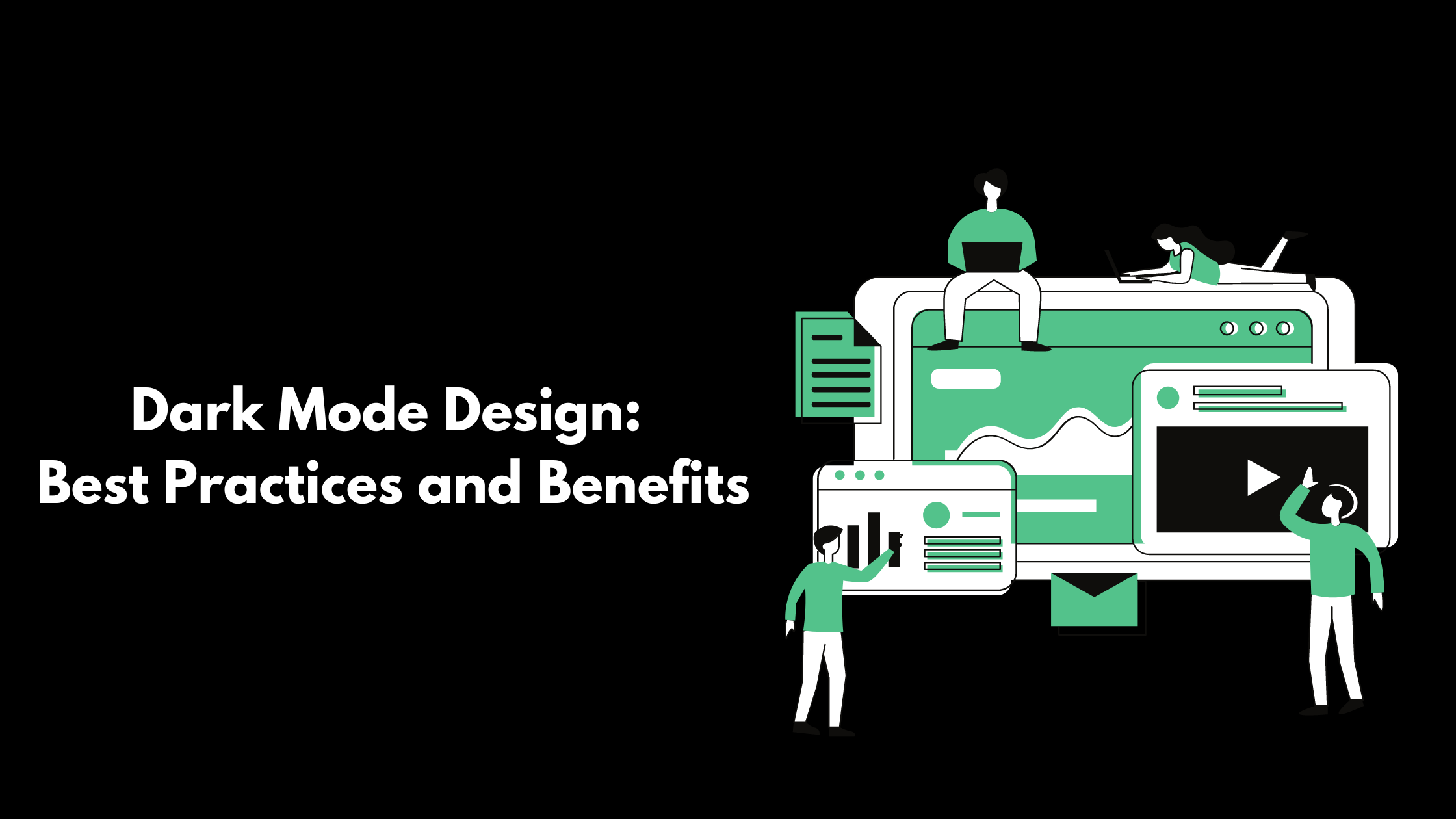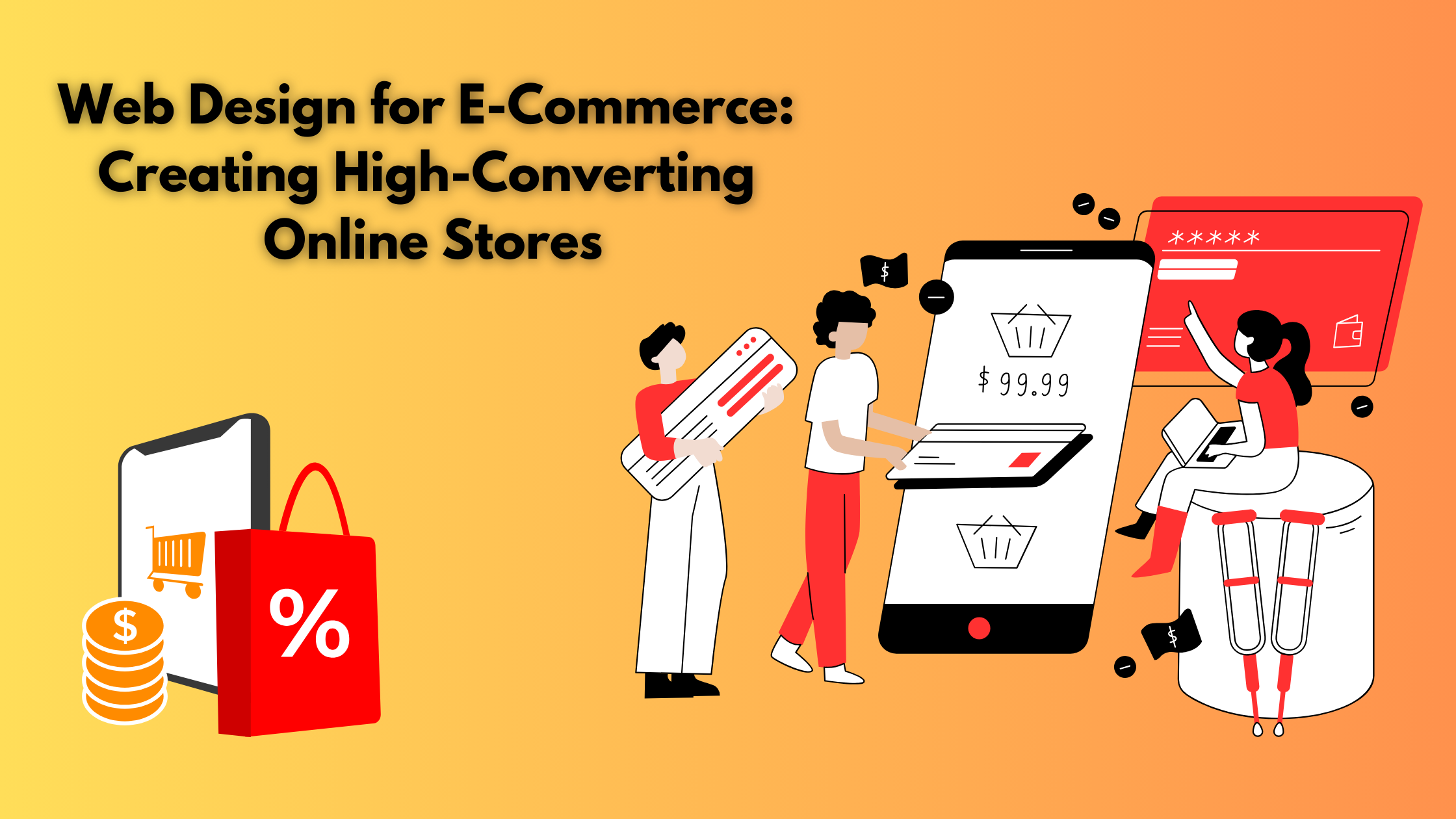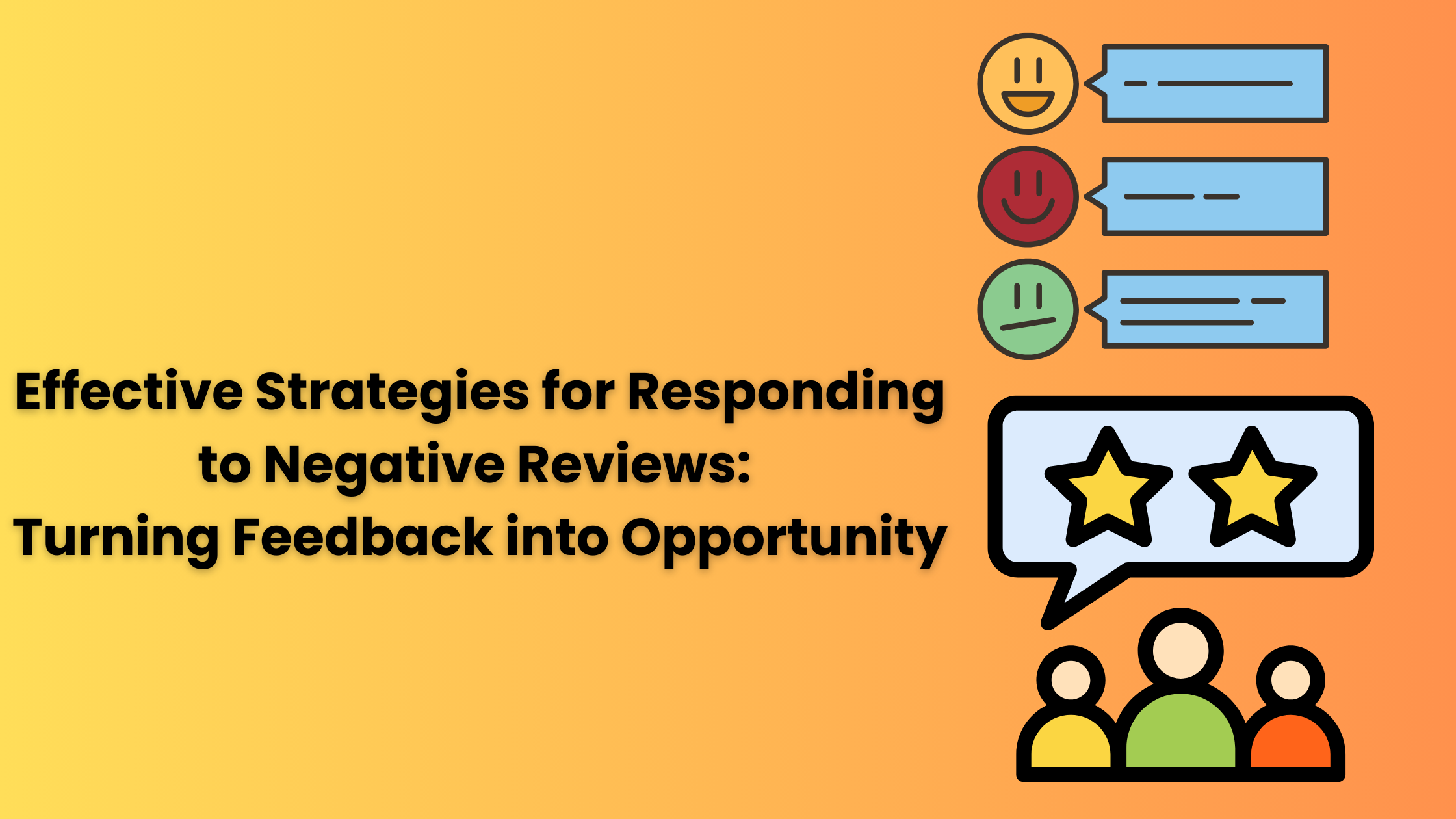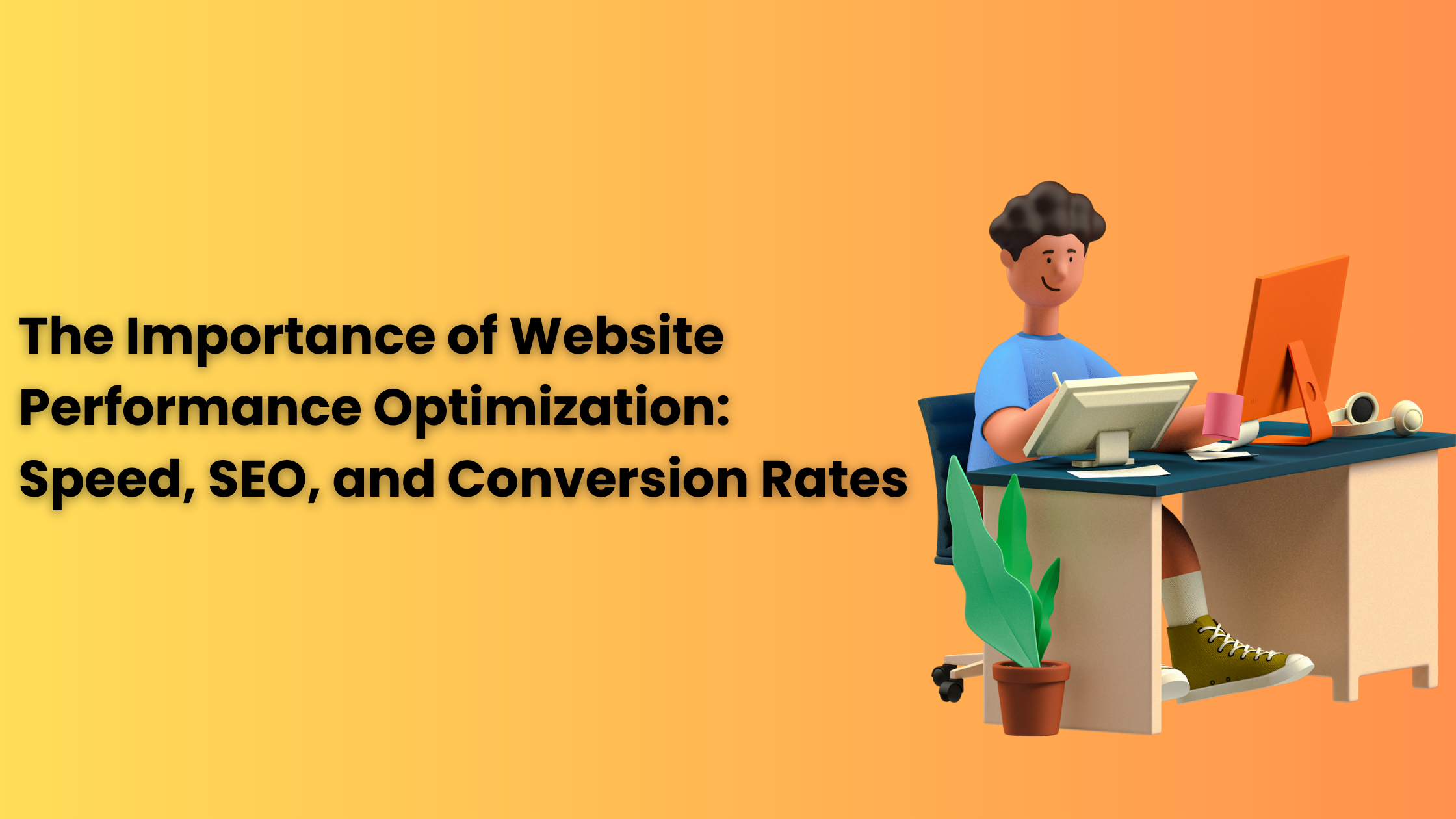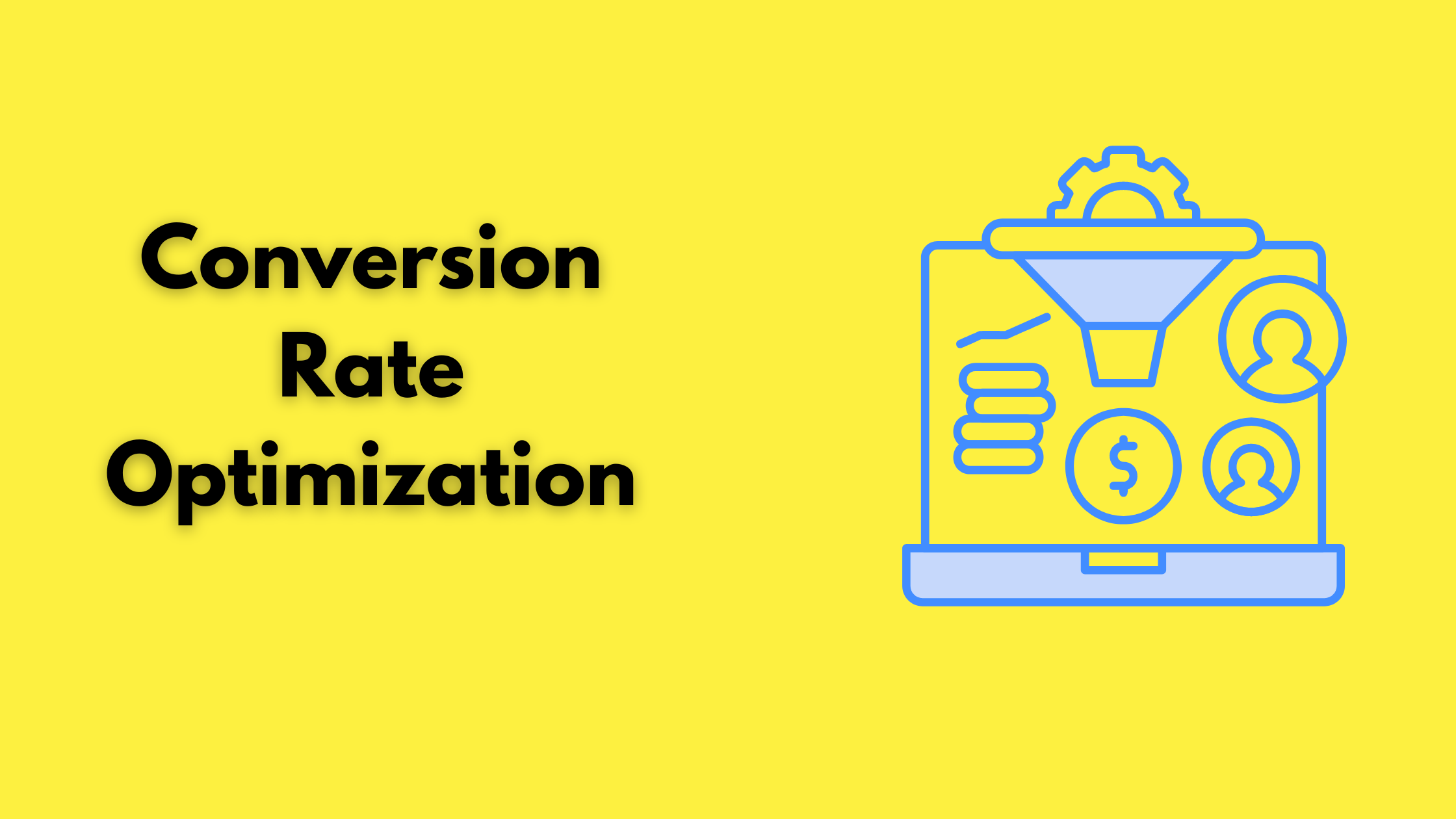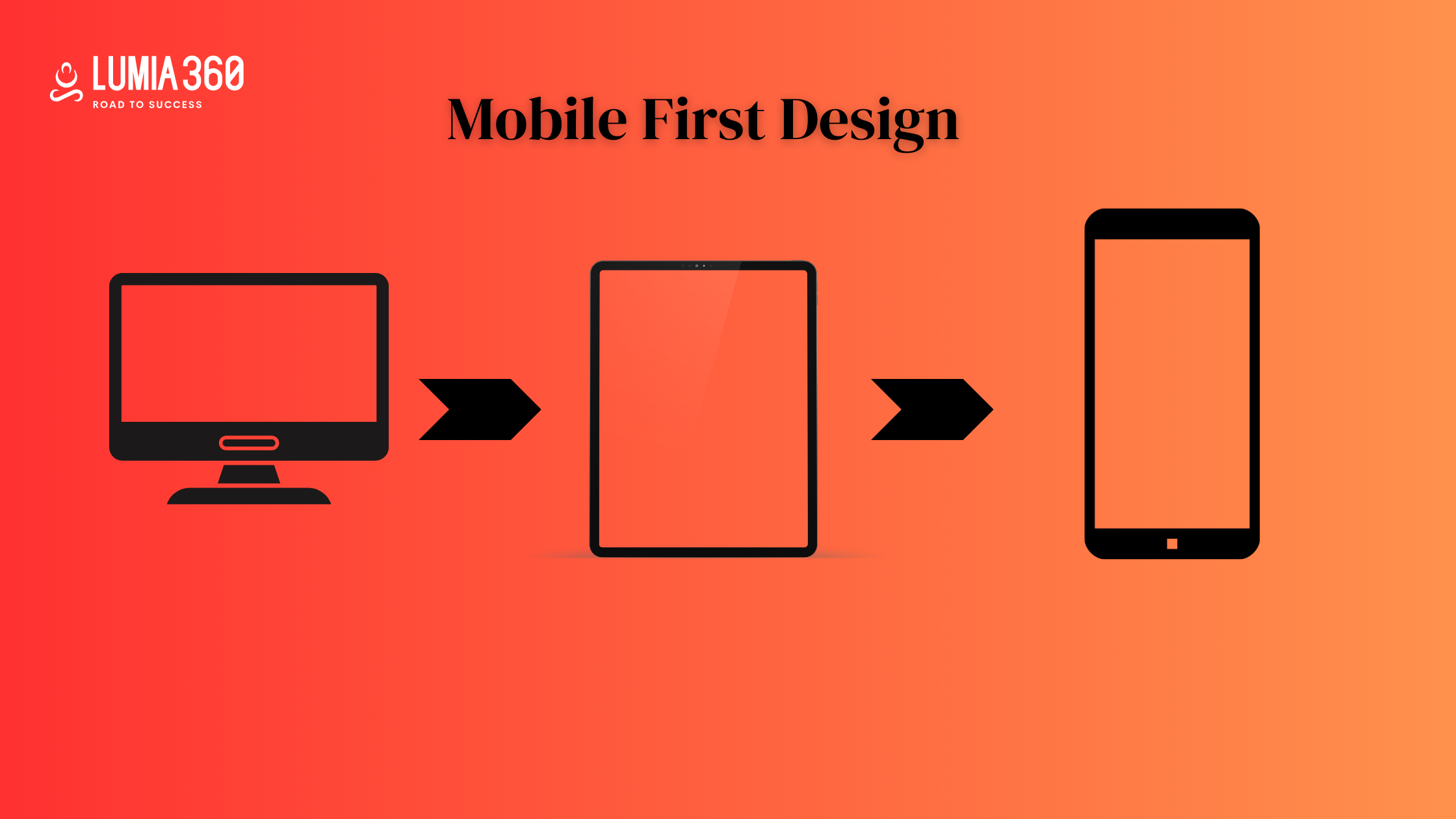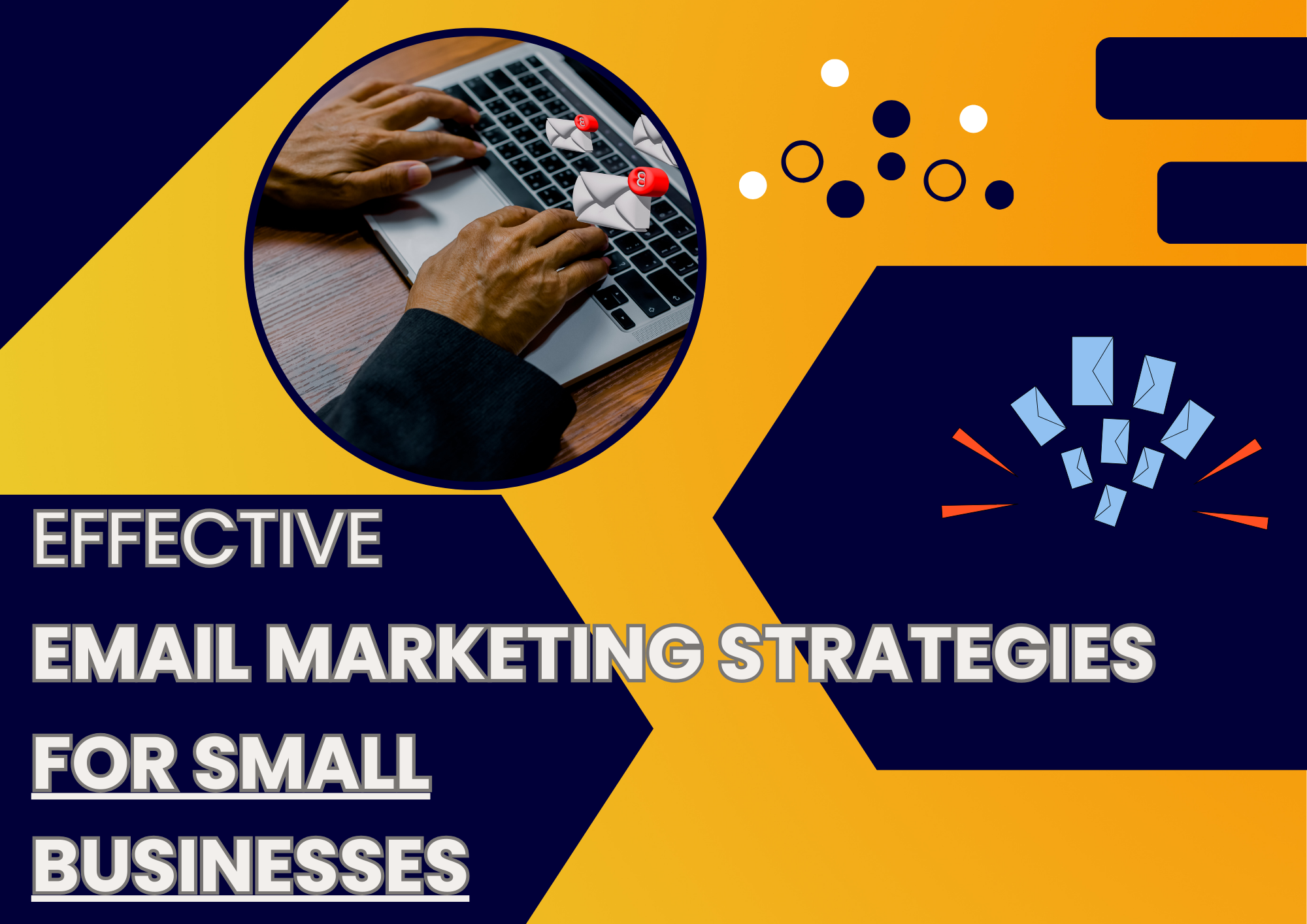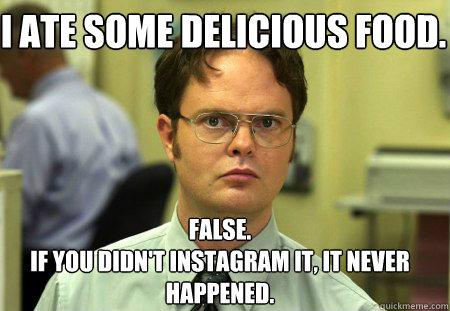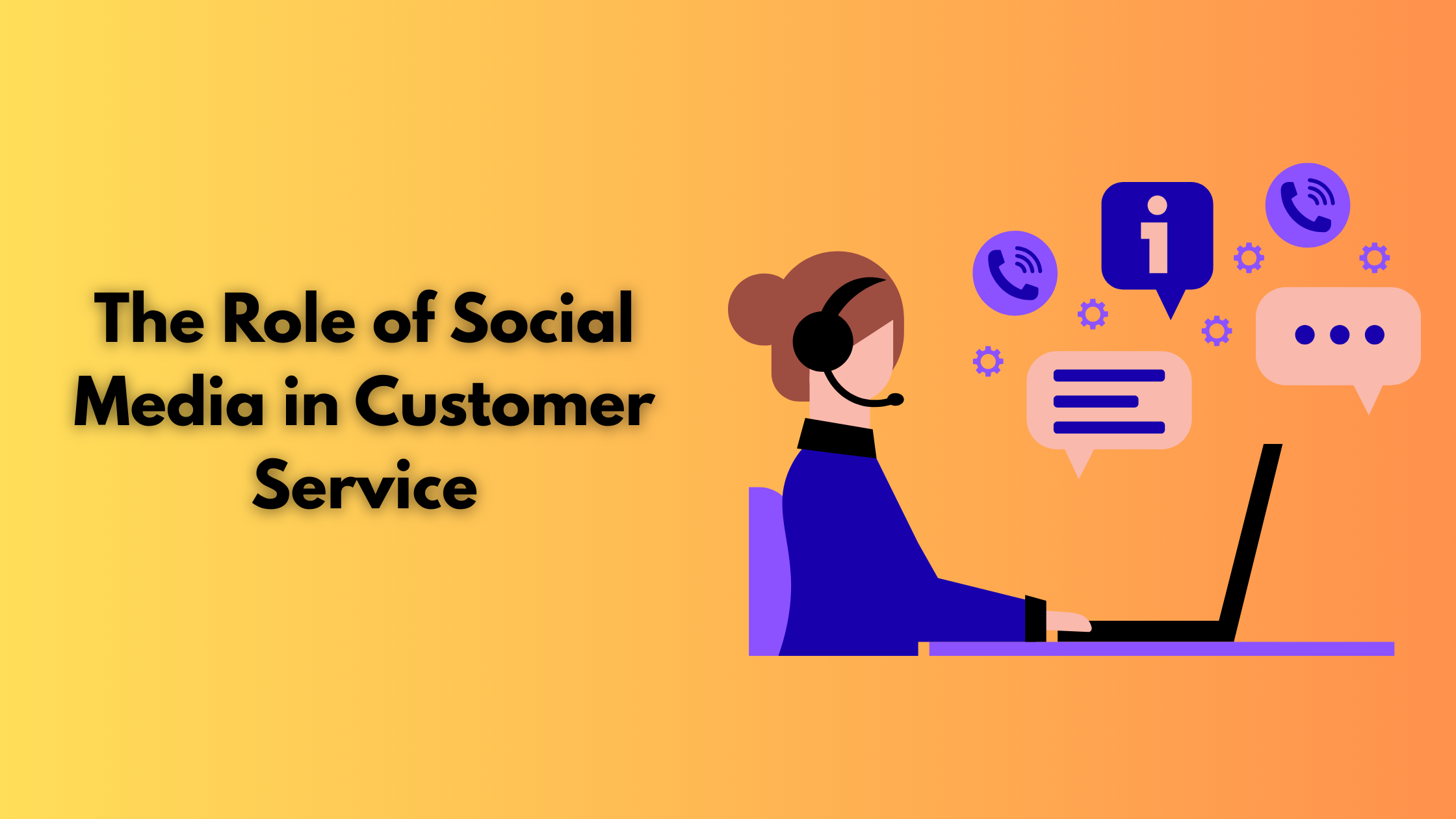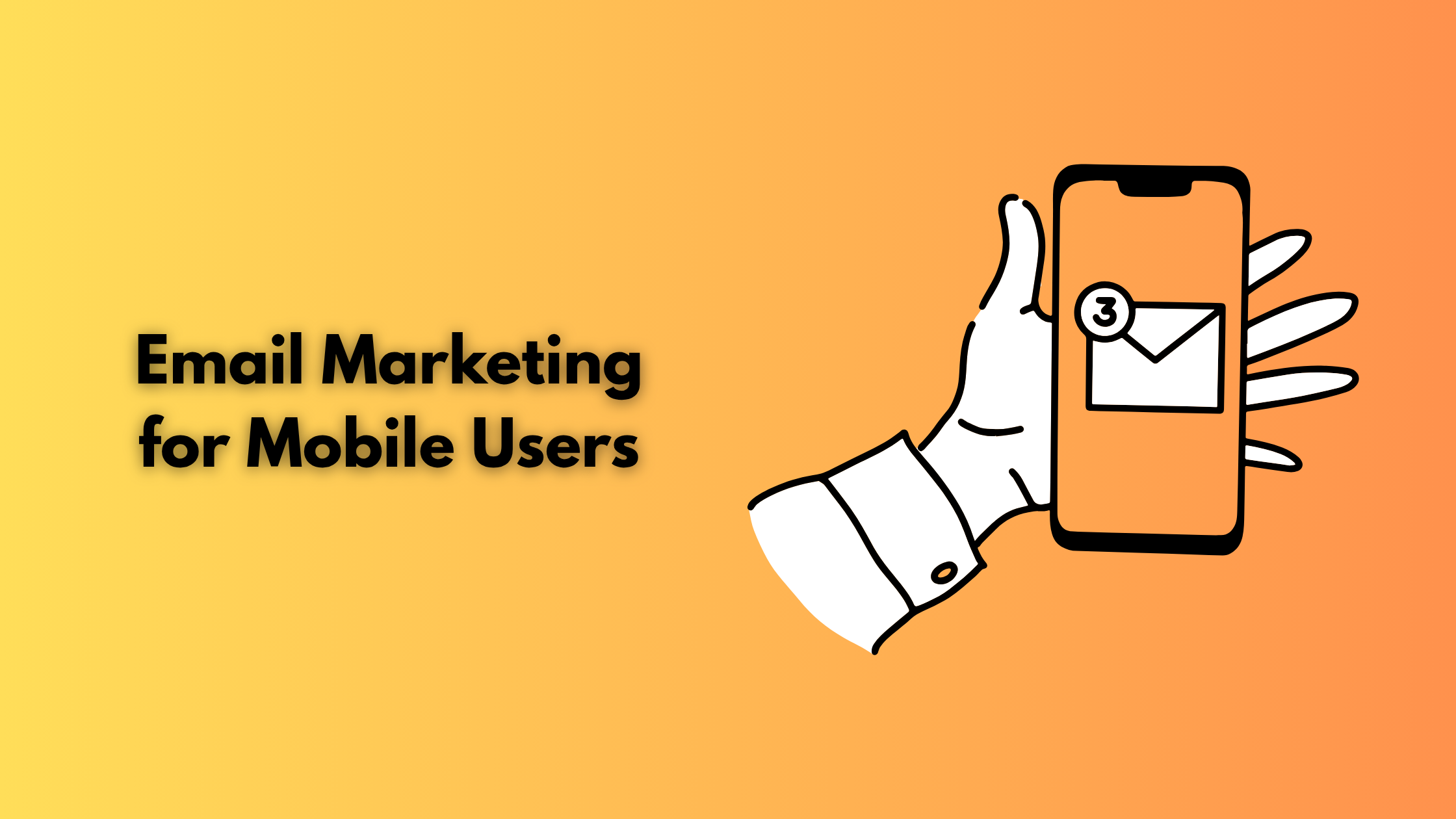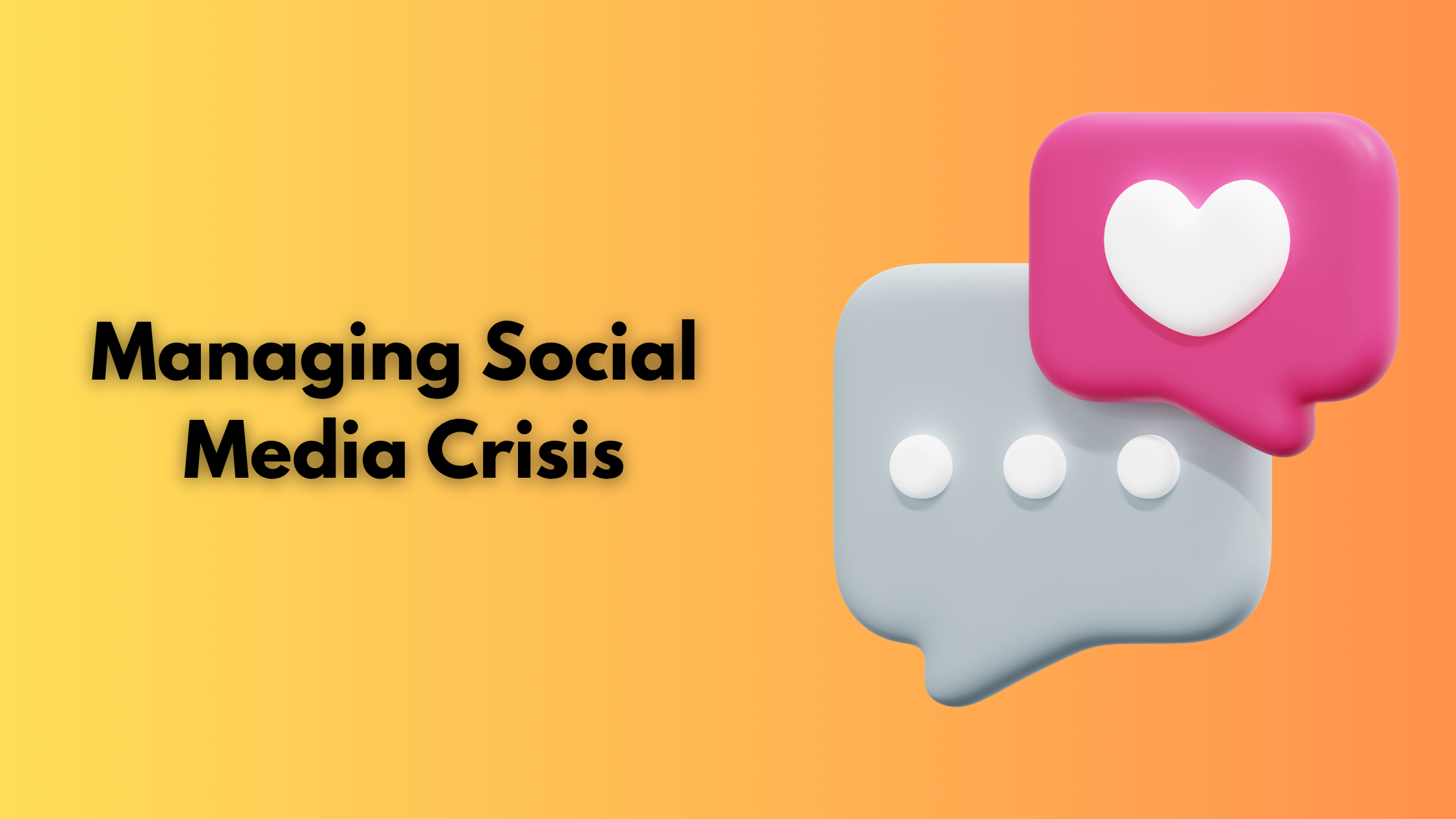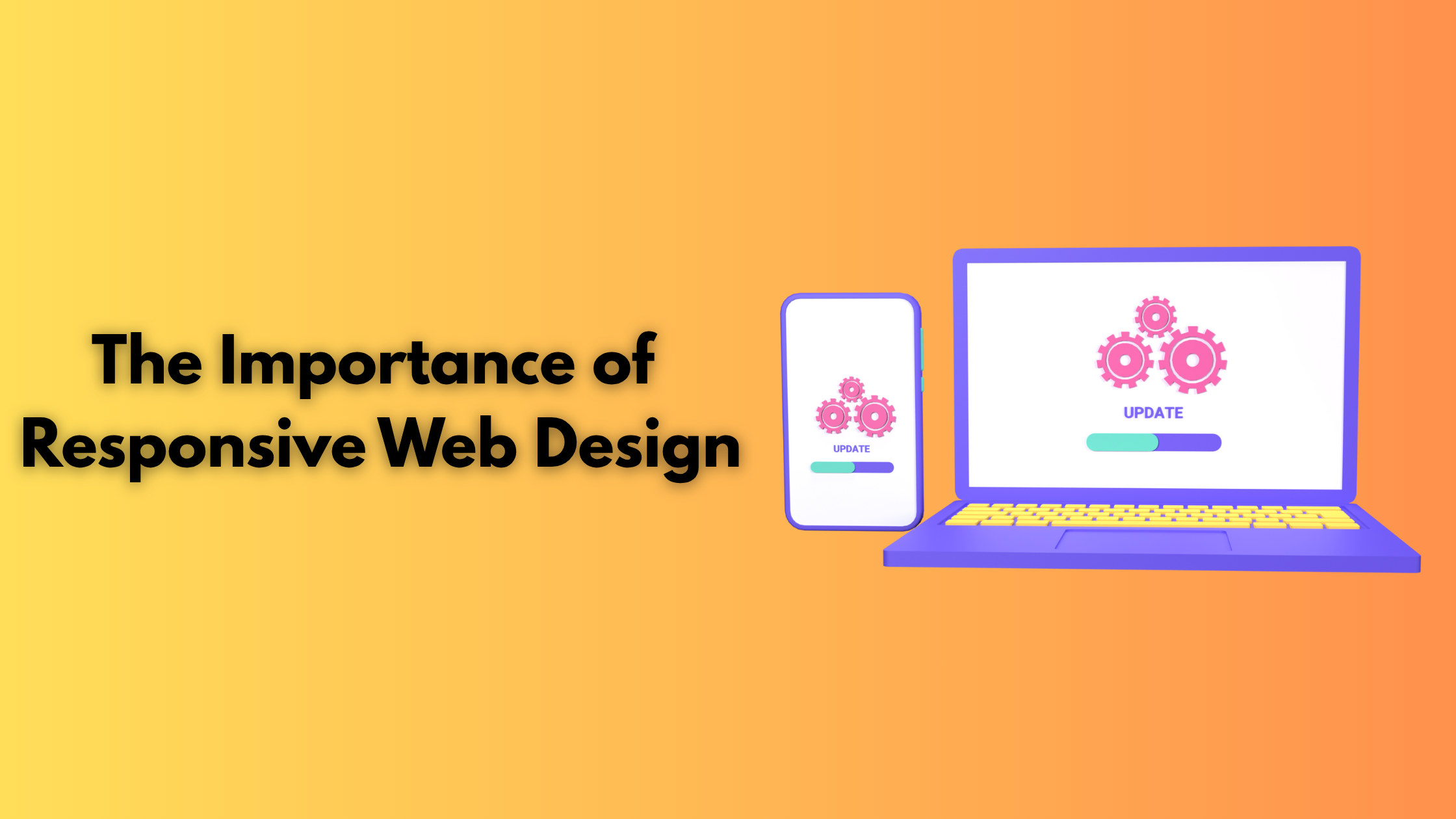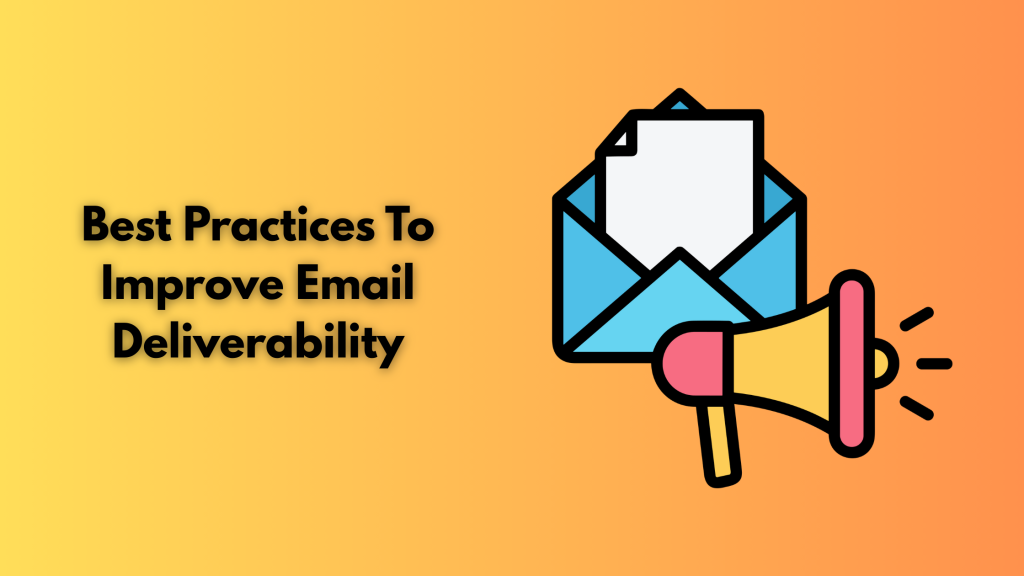
Getting emails delivered to a recipient’s inbox is one of the most complicated tasks for marketers. Without email deliverability, your emails risk landing in the spam folder. Email deliverability is a feedback loop that checks whether you are sending relevant content to the correct target audience at the right time.
To avoid delivery of your emails to spam folders, you must maintain an email reputation. Email reputation is the perceived trustworthiness of an email sender by email provider services based on their sending behaviour, engagement level, quality, etc. Enhancing email deliverability helps in achieving better results from email marketing and cold emails. The average email deliverability rate across various email marketing platforms in 2024 was 83%. A good deliverability rate is considered to be above 85%, with an exceptionally excellent rate at 95% or higher.
In this article, we’ll learn what email deliverability is and what a good deliverability rate is. Also, learn how to improve email deliverability!
What is Email Deliverability?
Email deliverability is generally the rate at which your email lands in your recipient’s inbox. It is measured as a percentage of emails accepted by the Internet service Provider. Every email marketer aims to avoid landing the email in the spam folder. If your email deliverability score is high, your emails will end up in the customer’s inbox and help in enhancing lead generation and brand awareness.
Hence, high deliverability is essential for the success of cold emailing and email marketing campaigns. The chances of increasing the conversion rate boosts whenever a user opens a received email.
A contemporary high-low deliverability rate means that fewer emails are landing in your customers’ inboxes, which can hamper your relationship with them. This should be fixed on time so that time and resources are not wasted.
What is a good Email Deliverability Rate?
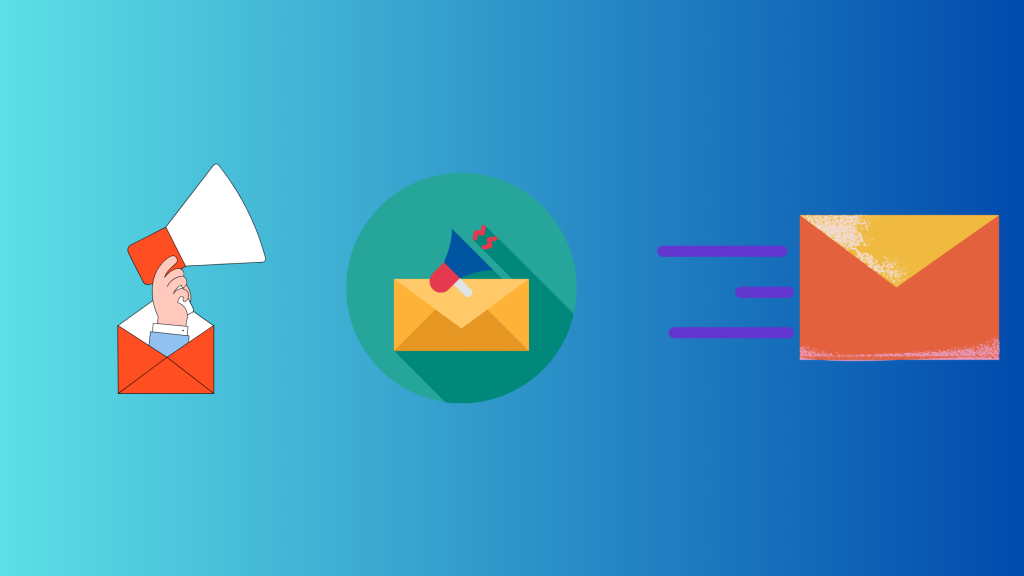
Ideally, 100% email deliverability is something you should achieve; however, given the scenario, it is not possible. A good deliverability, especially in B2B sales and marketing, where you send emails to customers with whom you hardly have any interactions. According to a study, A good deliverability rate is considered to be above 85%, with an exceptionally excellent rate at 95% or higher. This
The spam rate should not exceed 0.08%, and the bounce rate should be below 3% so that it can be categorised into soft bounce and hard bounce.
However, this definition and standard of what is a good deliverability rate keep changing. Depending on the purpose of email marketing campaigns, you can decide whether the deliverability rate is good or not.
How to Improve Email Deliverability
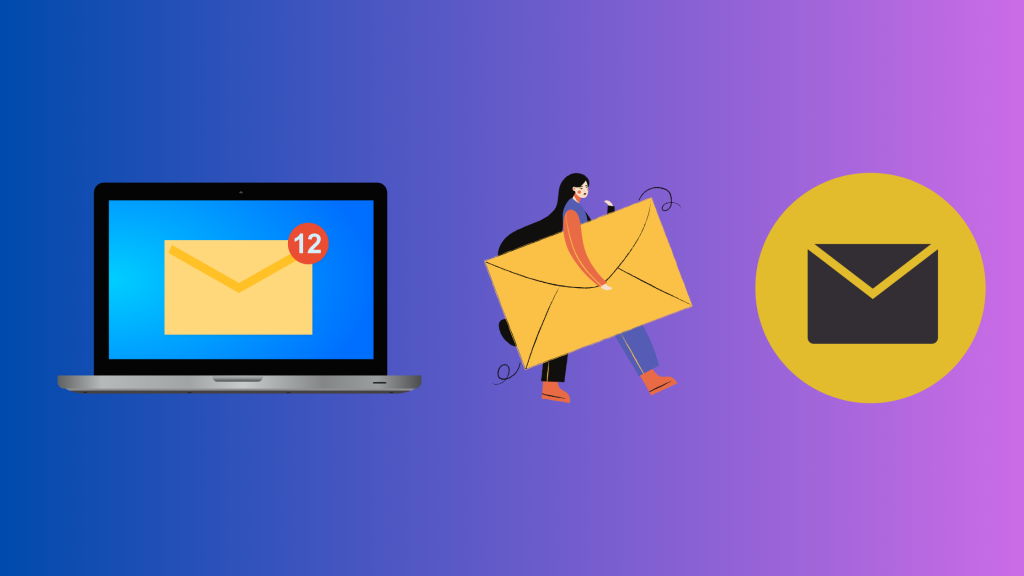
Here are some of the ways to enhance the email deliverability rate.
- Authentic: Make sure your receipt’s inbox recognizes you. This helps in enhancing your sender’s reputation. To avoid email spoofing, you must comply with the Sender Policy Framework, Domain Keys Identified Mail (DKIM), and DMARC.
- Subject Line: Your subject line helps in forming the first impression of your brand. If the subject line is relevant, chances are users will click it open, whereas if the subject line is weak, users can mark it as spam. Also, make sure you don’t include trigger words such as 100% free, Best price, et,c that can make your email land in the spam folder. Avoid using such words that can make your email land in a spam folder.
- IP Allocation: As your email program grows, it is important to scale up your email infrastructure. If your daily emails are 25,000, then you should send them on a dedicated IP address.
- Opt-in Process: An optimized opt-in process ensures that your entire email list comprises engaging users who want to receive information from you. If you send emails to users who didn’t opt in to receive information from you, they can mark your email and send your email to their spam folder. Also, it will affect your ISP.
- Preference: Once the customers have approved to receive the emails from you. You should provide a preference approach so that they can set how many times they want to hear from us.
- Clear Email List: The longer you keep the unengaged users on your email list, the greater the chances of hampering and tarnishing your business. If you add an easy opt-out option in the email, it automates the emails and saves time.
- Spam Trap: Spam traps are email addresses that are set by ISPs and email community organizations to catch spammers.
- Deliverability: While sending emails, you have to impress two people to enhance the open rate. These identities are ISPs and recipients. However, if you focus on the strategies to take care of your recipients, you don’t have to worry about the ISPs.
- Sunset Policy: It is a strategic approach for managing inactive subscribers, who can affect your Email Deliverability. Frequently removing the less-engaging users from your list makes your email list more healthy and responsive. ISP labels sending emails to inactive members as a red flag.
- Email Metrics: Track important email metrics to enhance the deliverability rate of emails. Some of the important metrics that you should monitor are bounce rate, open rate, click-through rate, spam complaint rate, website traffic, etc. These metrics help you in optimizing your strategy, tracking improvements, and identifying major issues early before they get worse.
- Positive Reputation: ISP cares a lot about your domain and IP address. If your business has built a strong online reputation, chances are your emails will not land in a spam folder.
Email marketing continues to be an important part of digital marketing strategy. It helps in nurturing customers and acquiring new customers. However, it is possible only when your emails land in the recipient’s inbox. To ensure that you optimize your email and follow the steps given below. Are you still confused? Lumia 360 is there to help you provide digital solutions to businesses to enhance your brand awareness and lead generation. We are giving a free trial to the first five customers!
Read Also: How to Measure the Success of Your Social Media Campaigns
Read Also: The role of Budgeting and Resource Allocation in Digital Marketing



